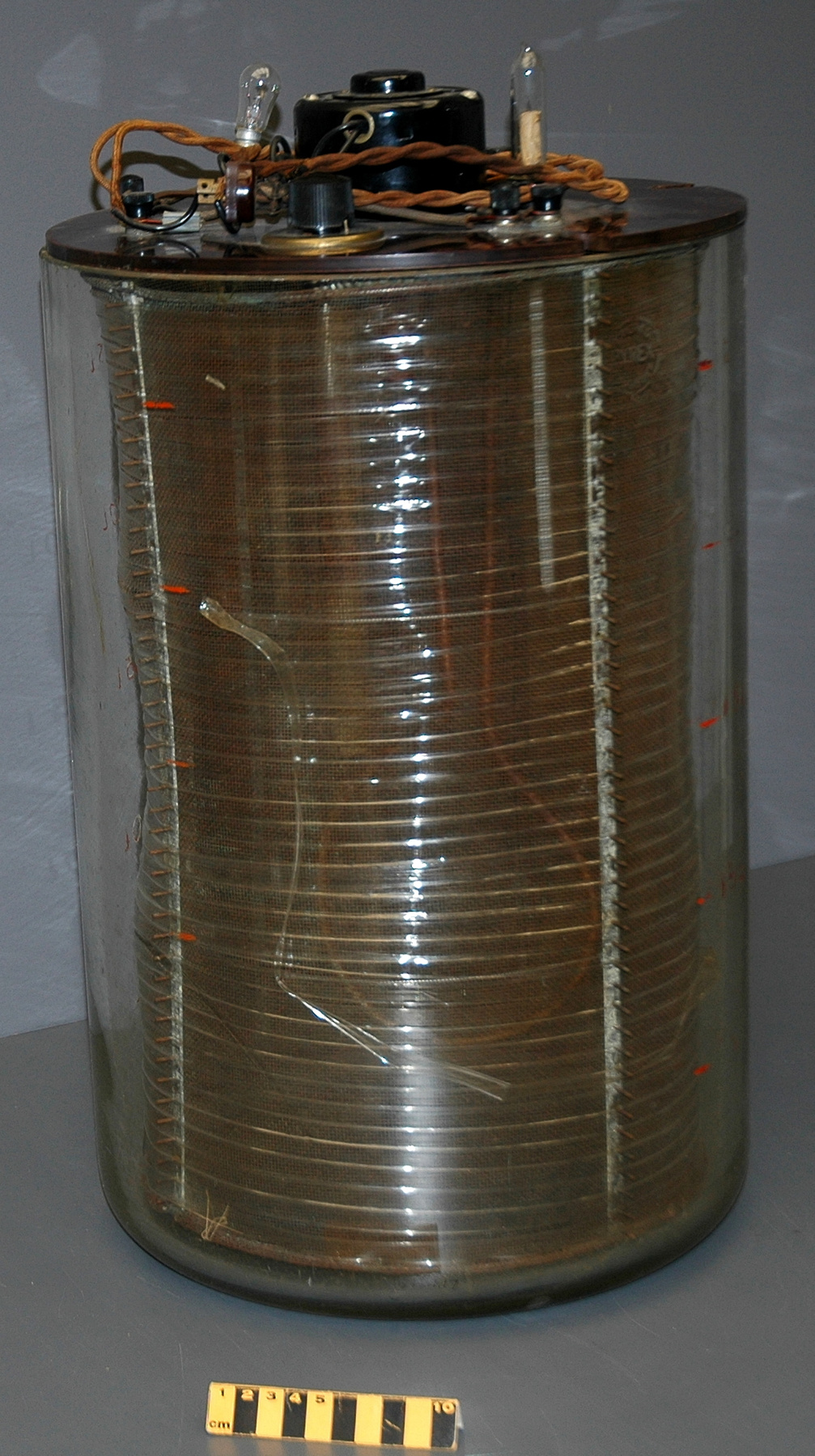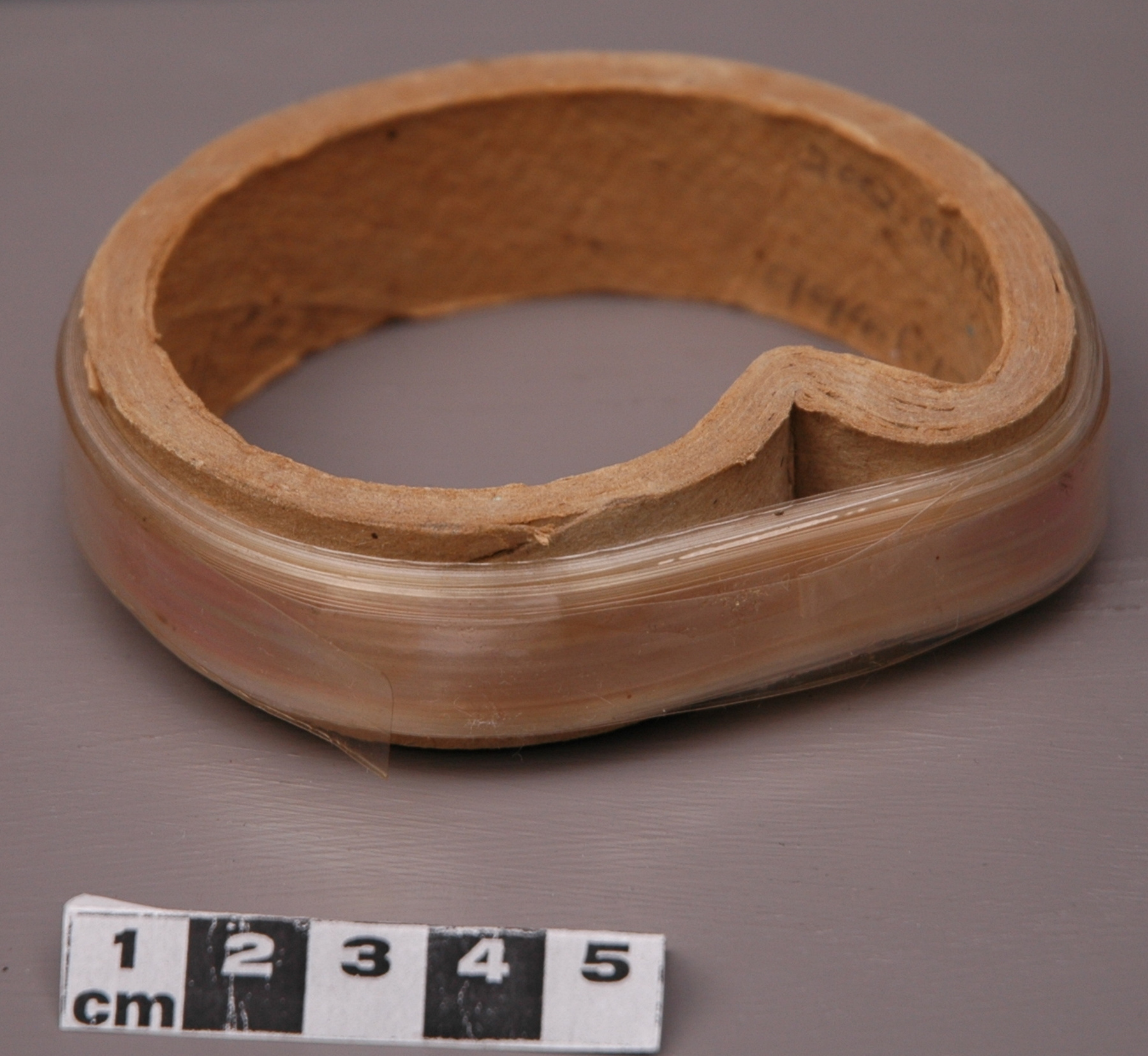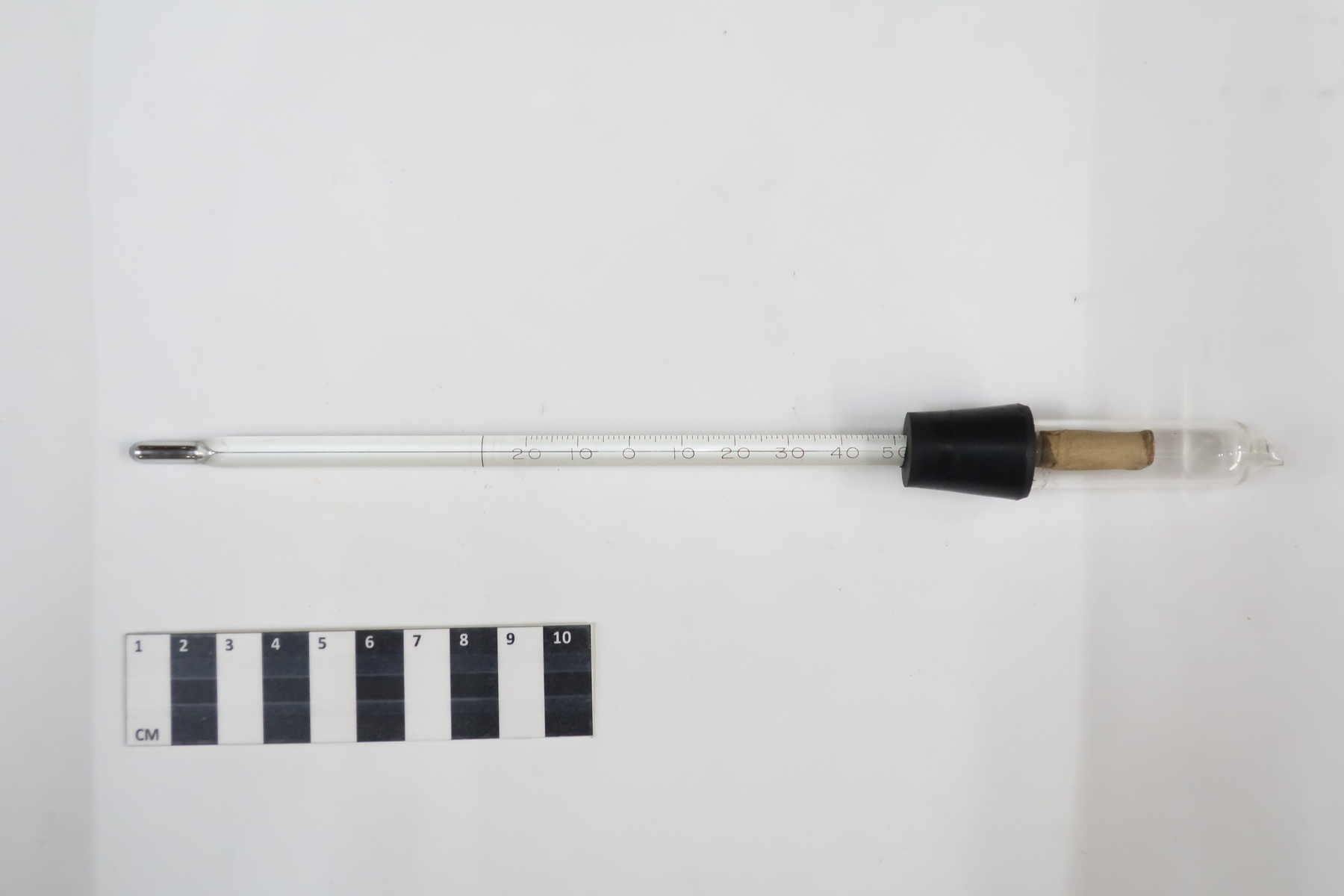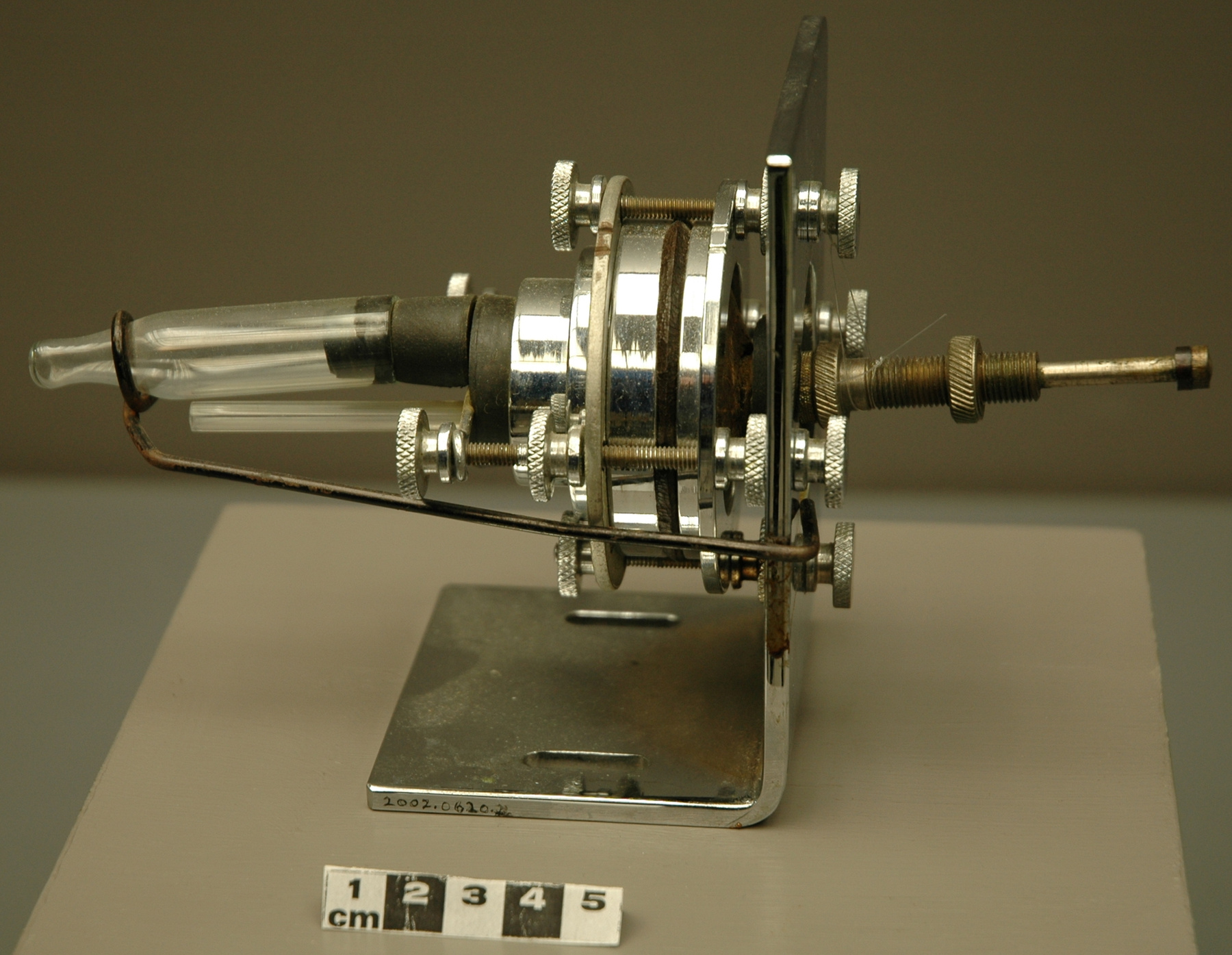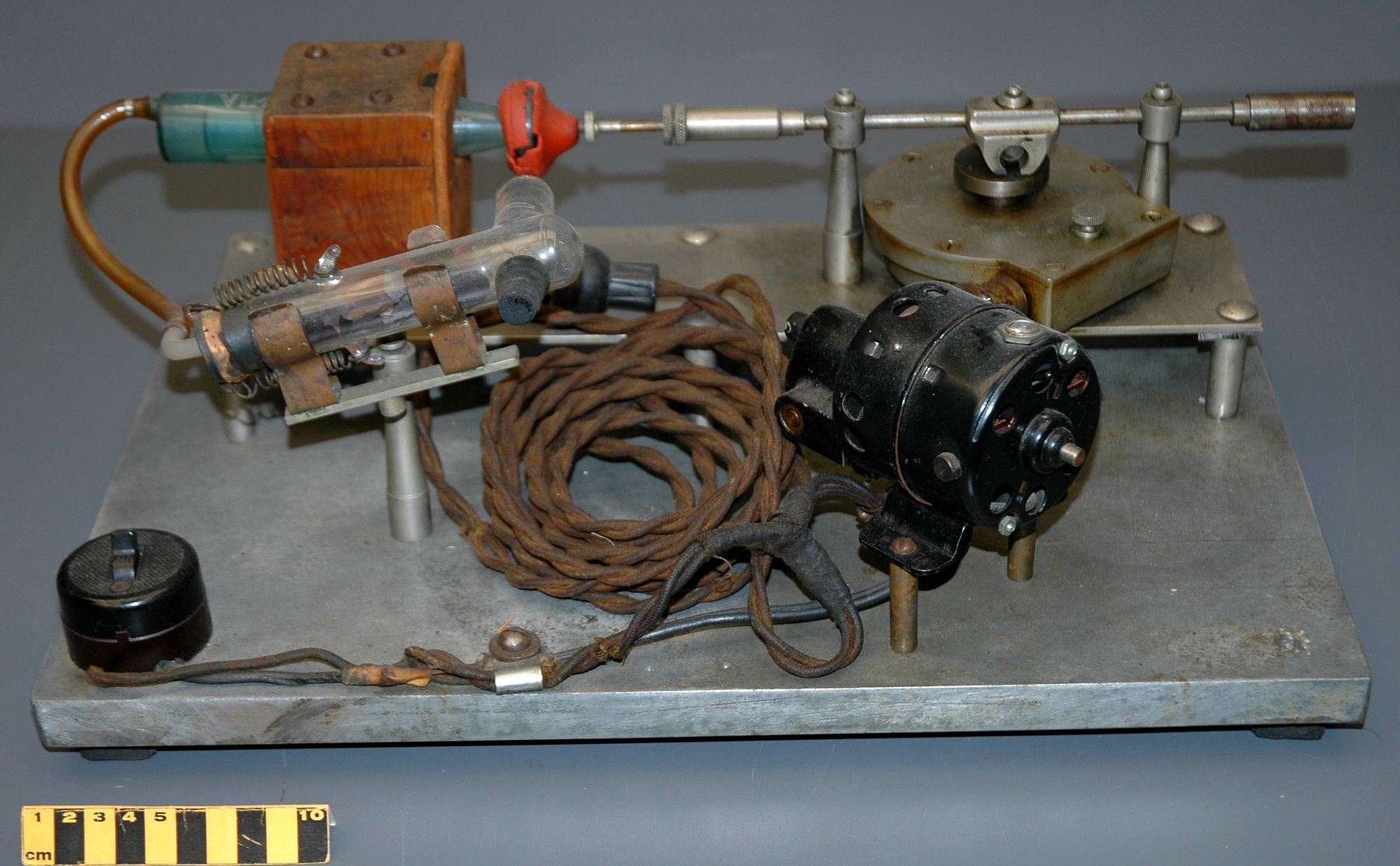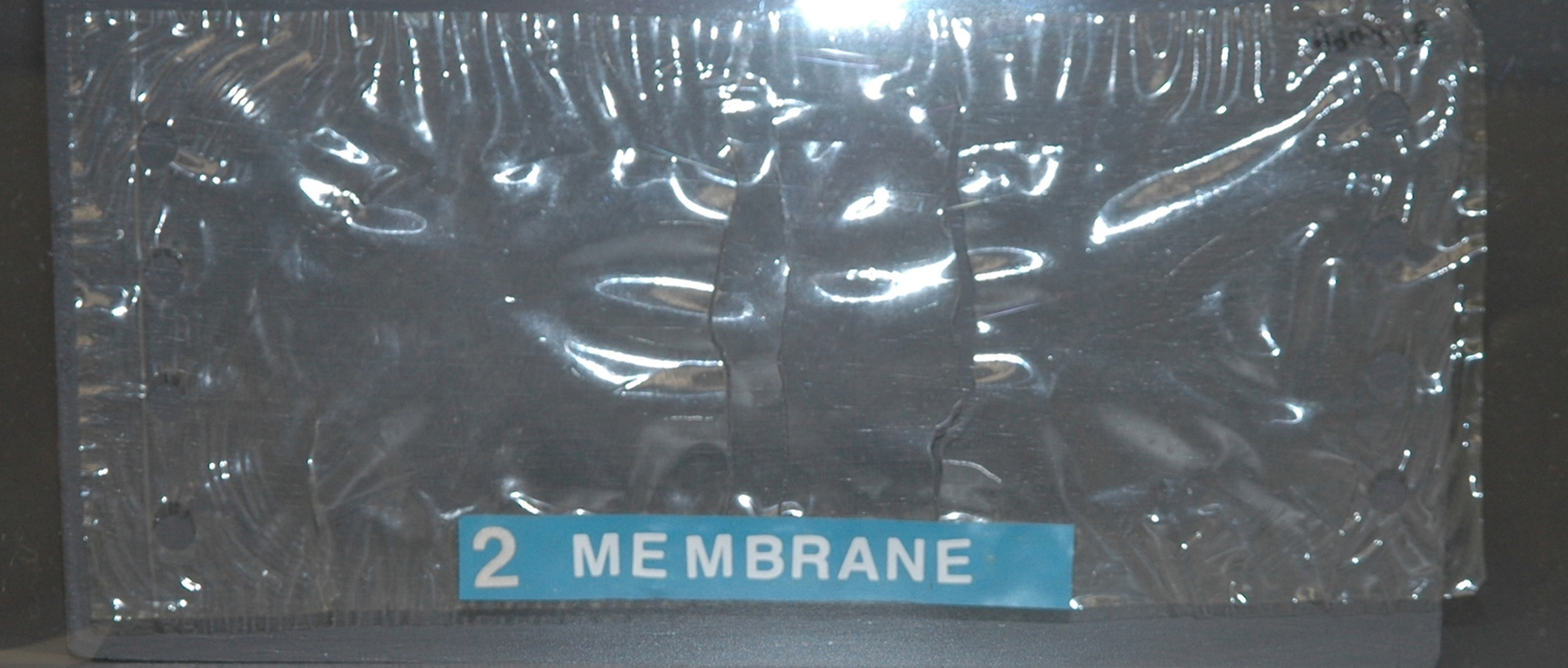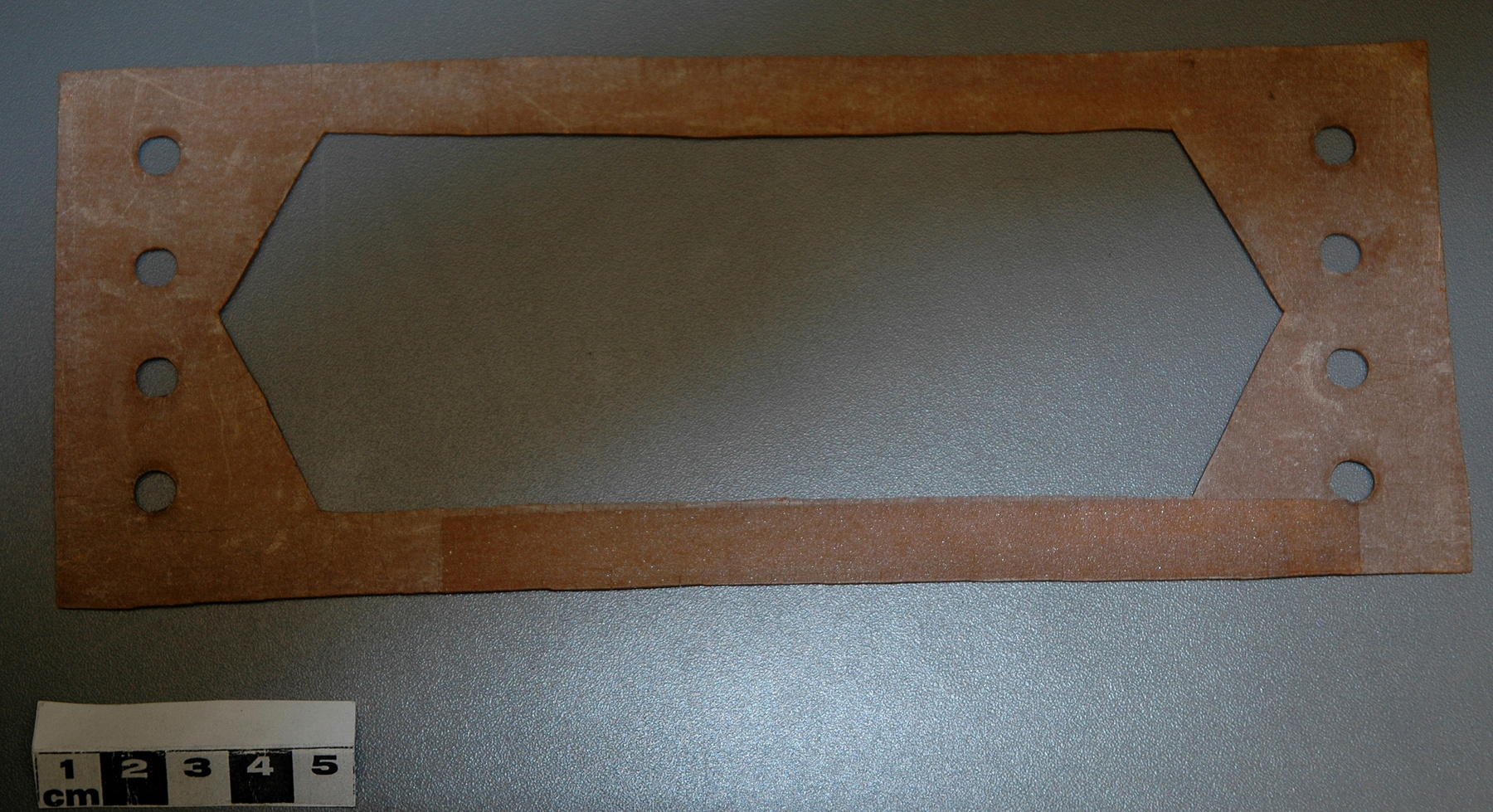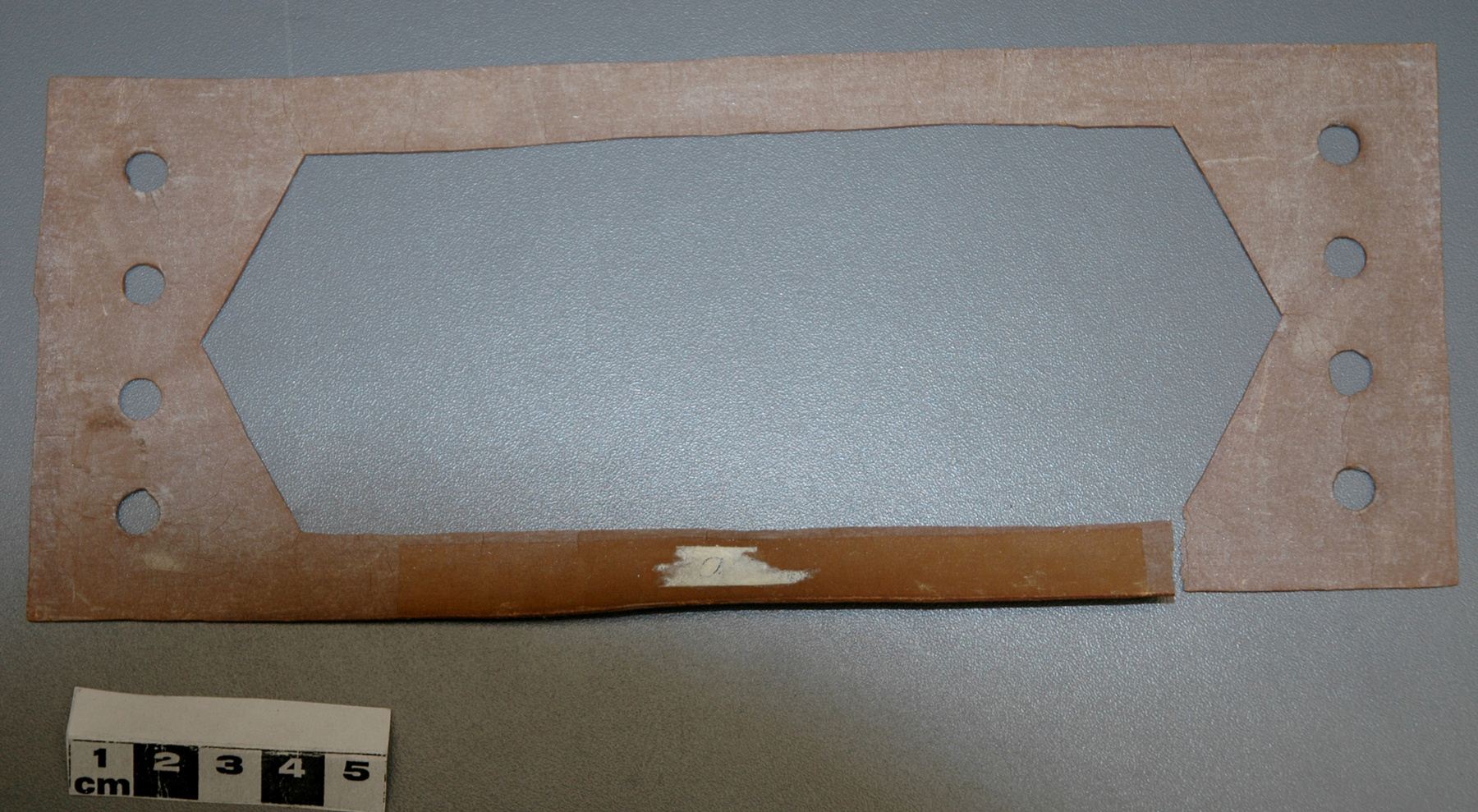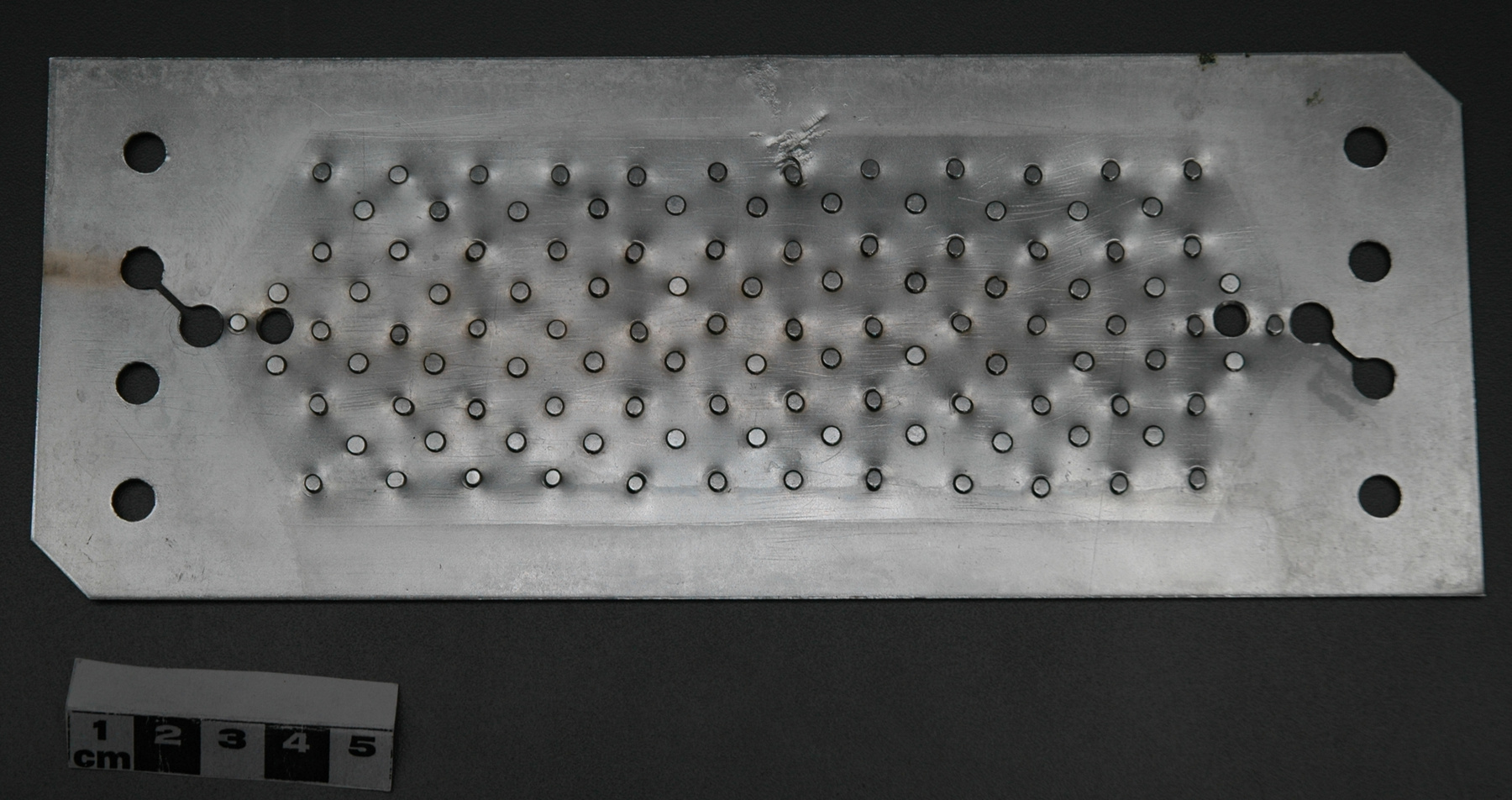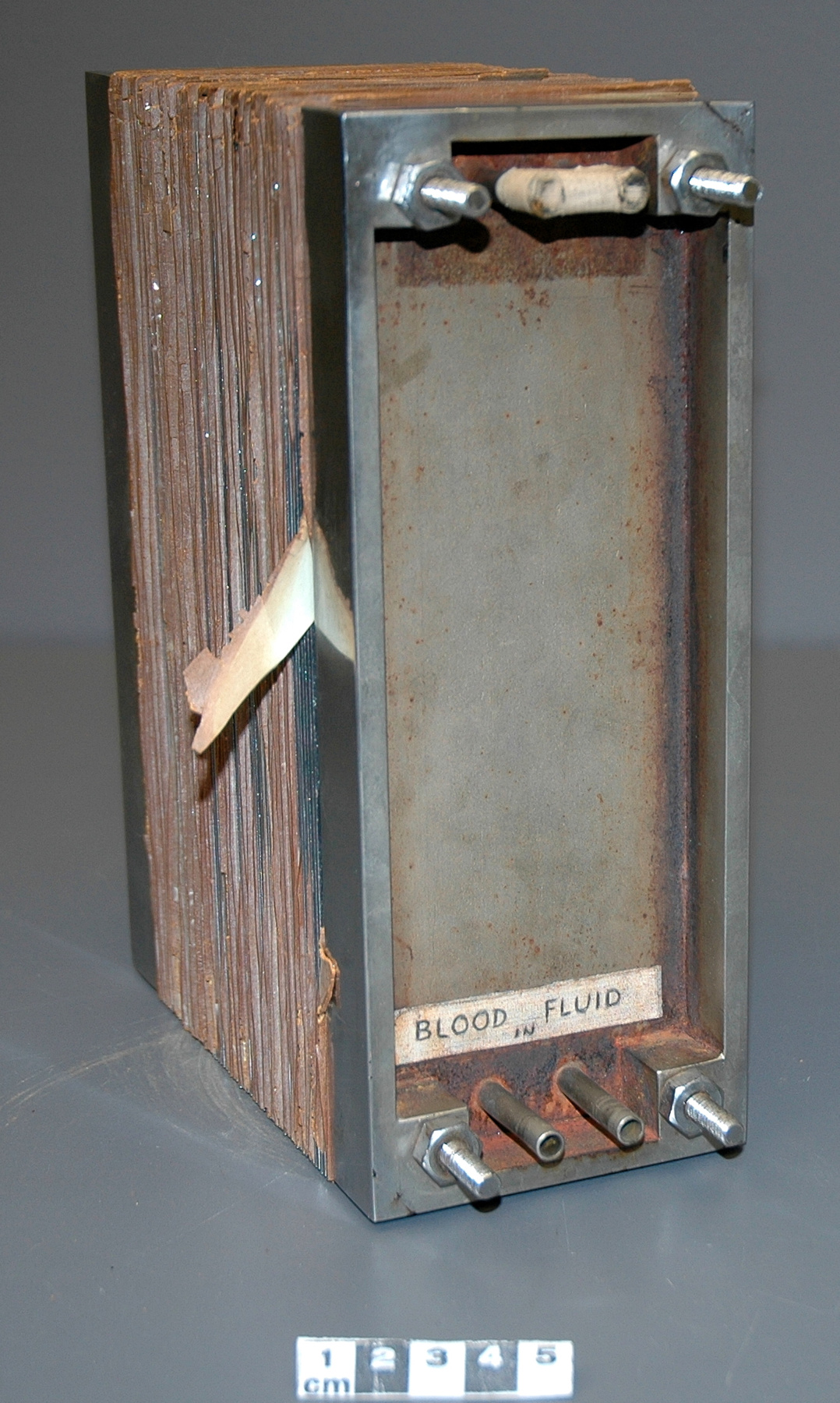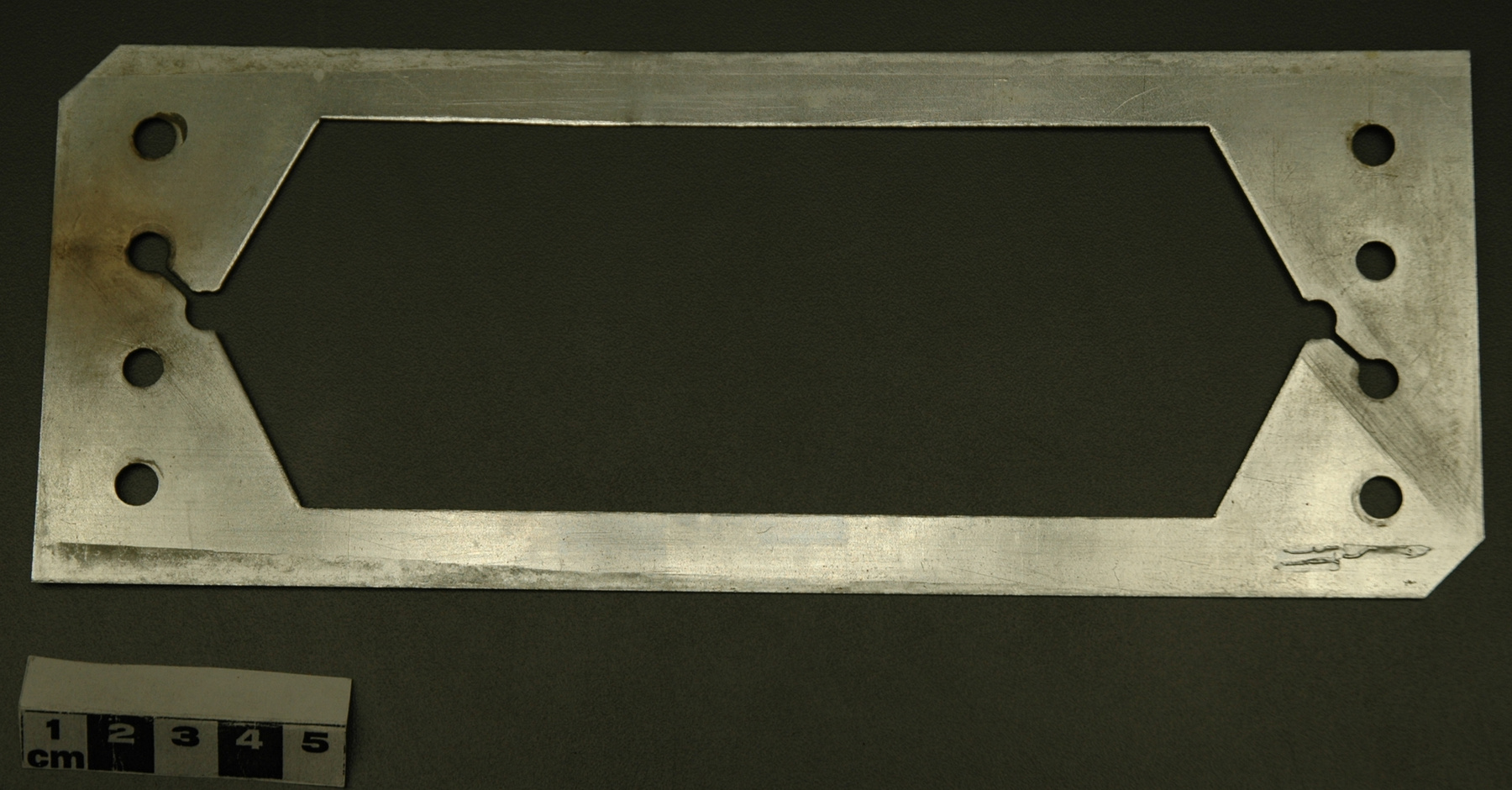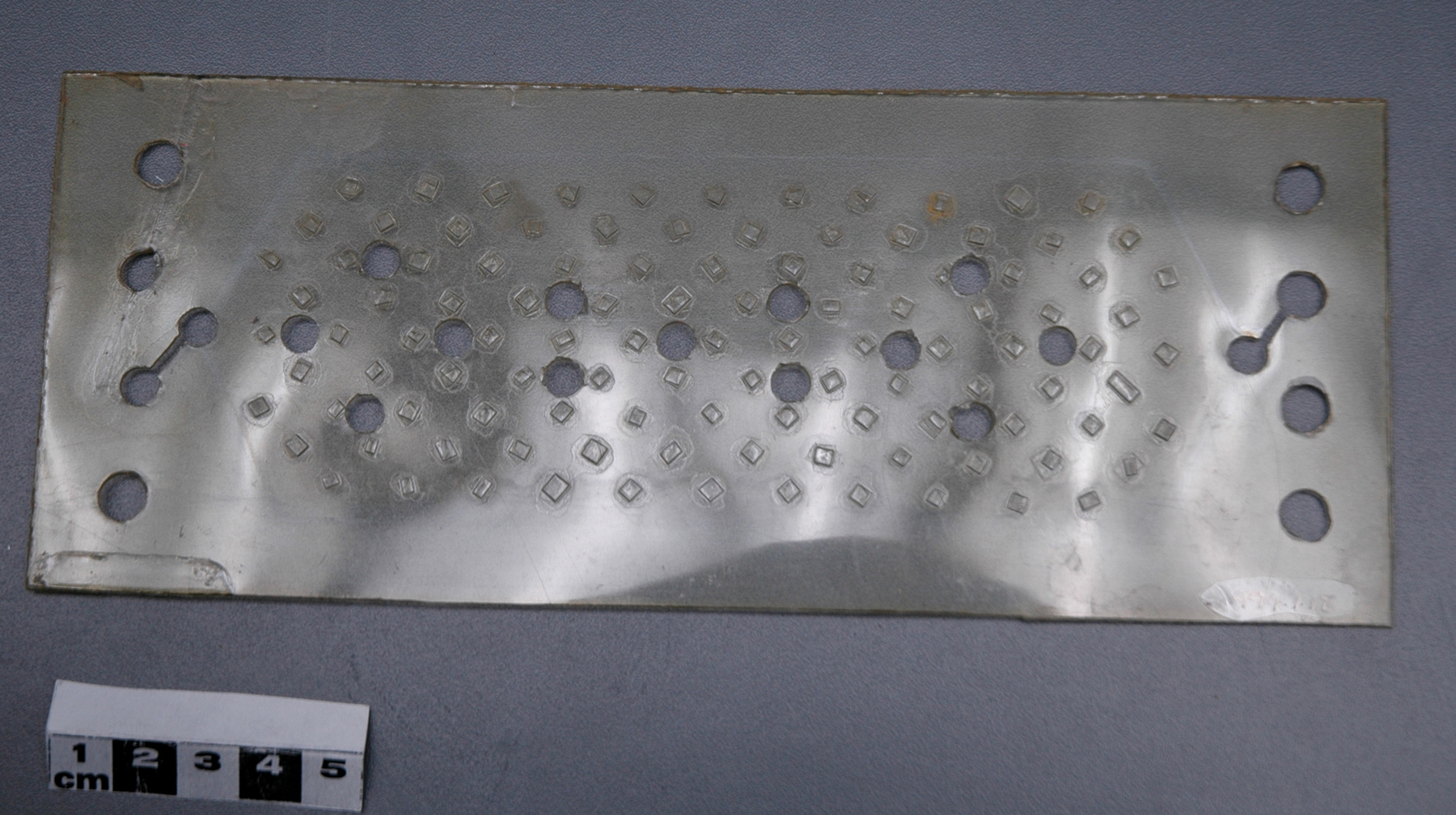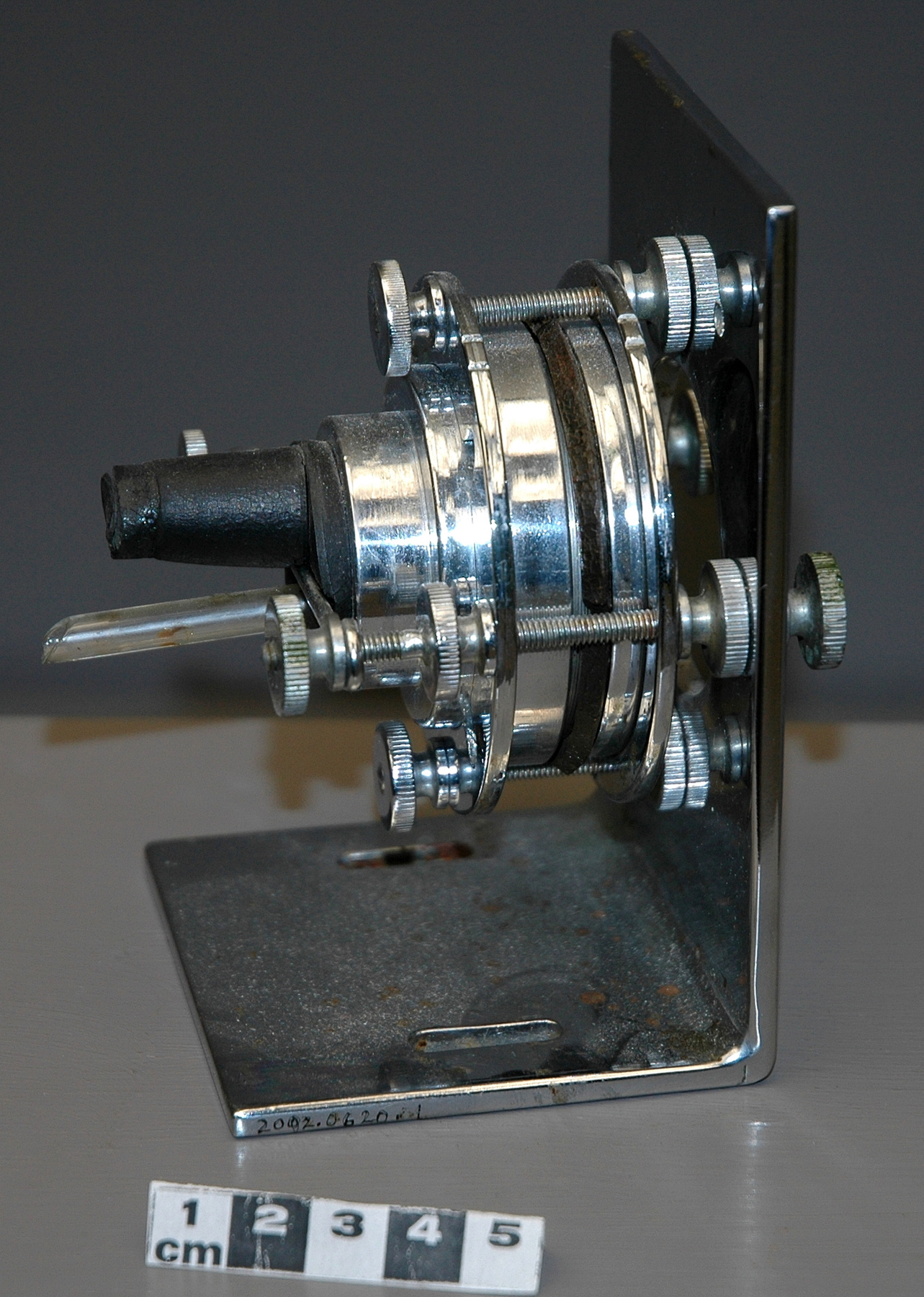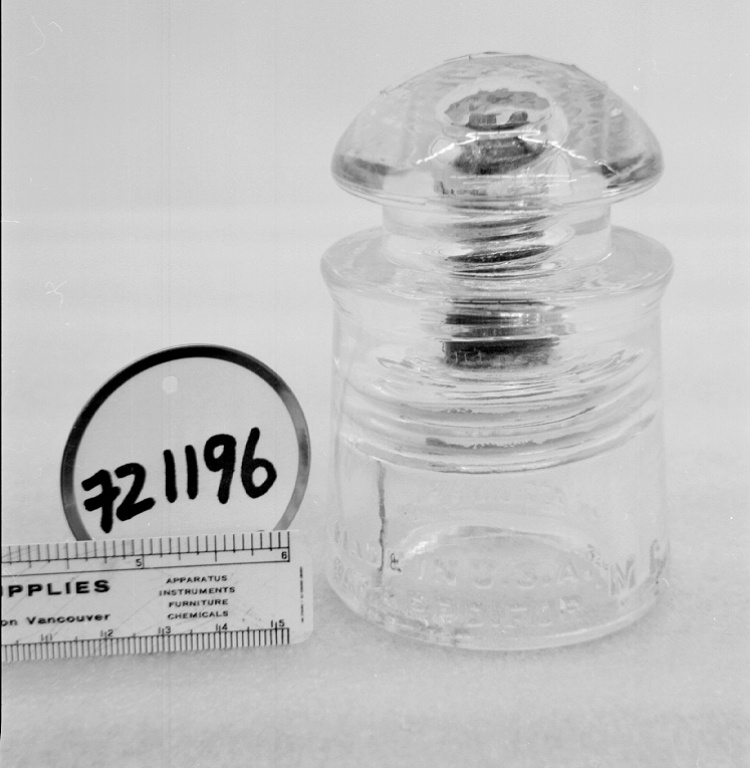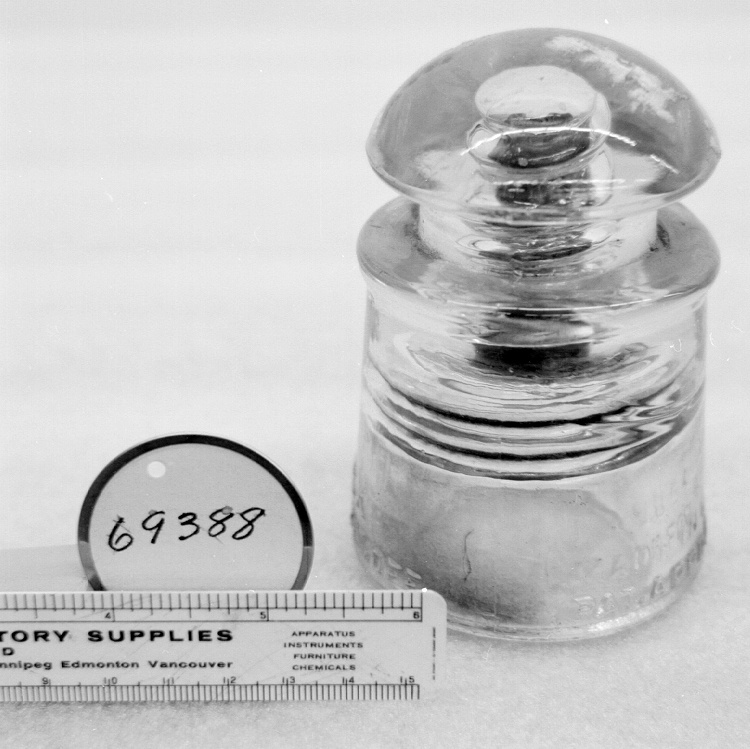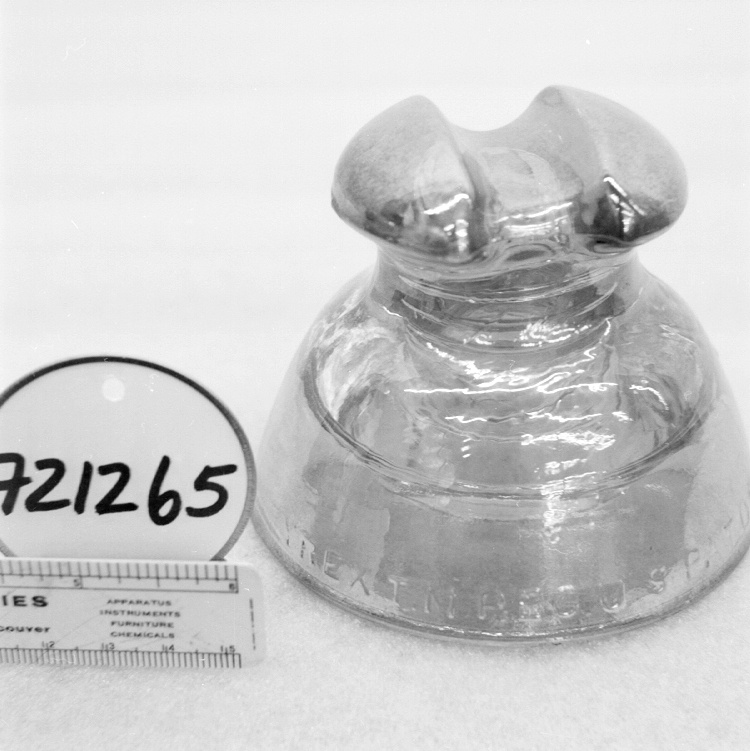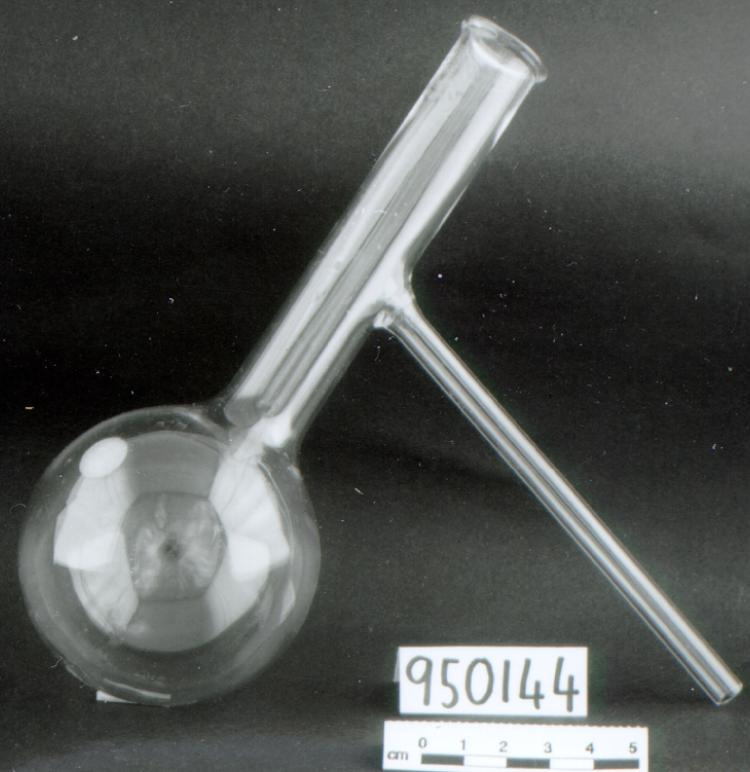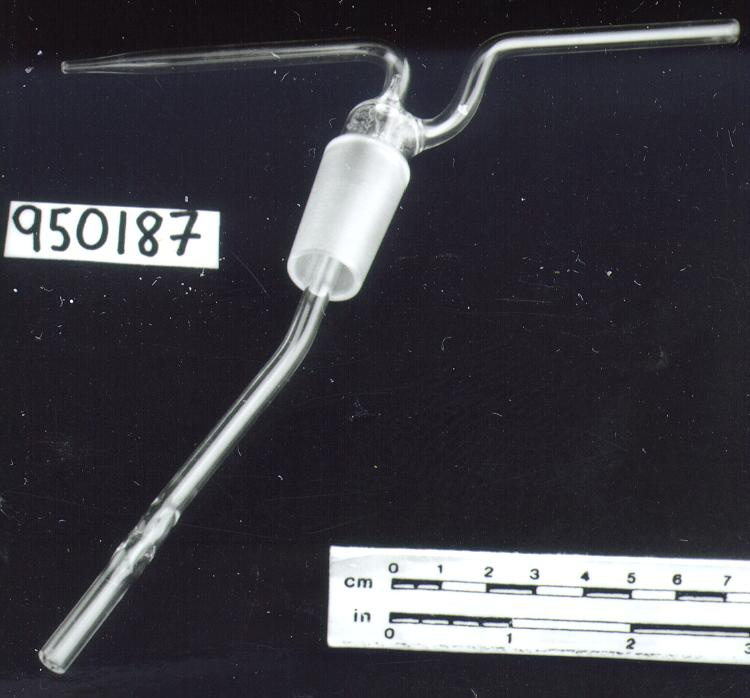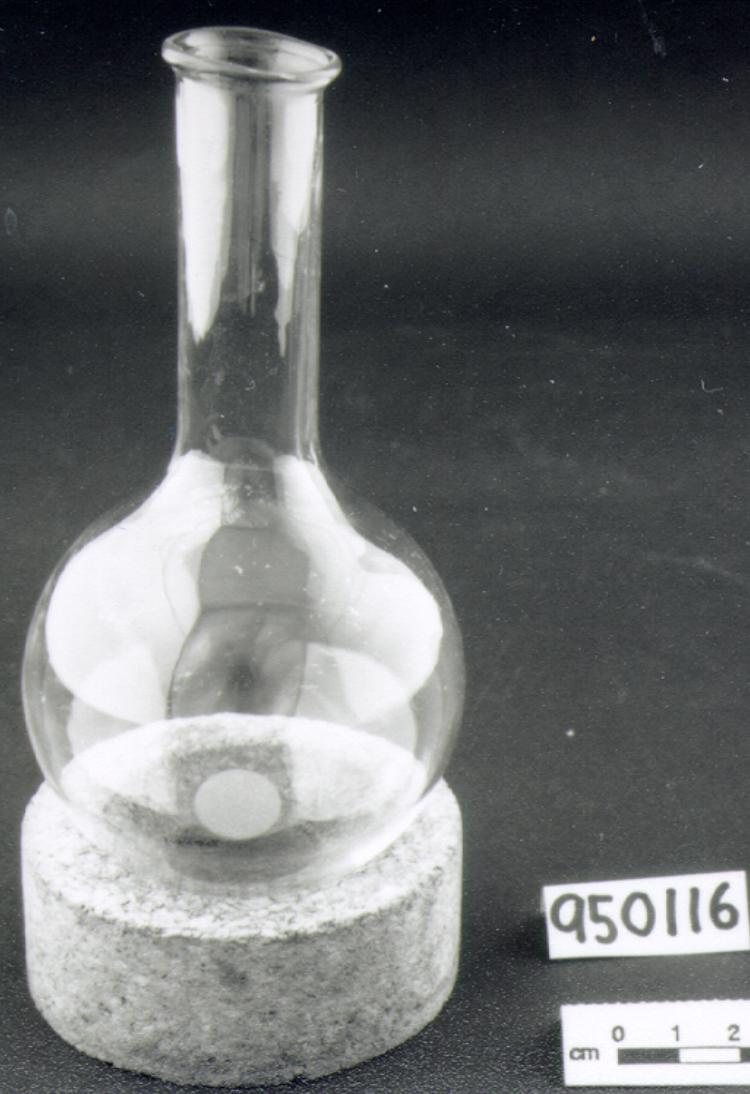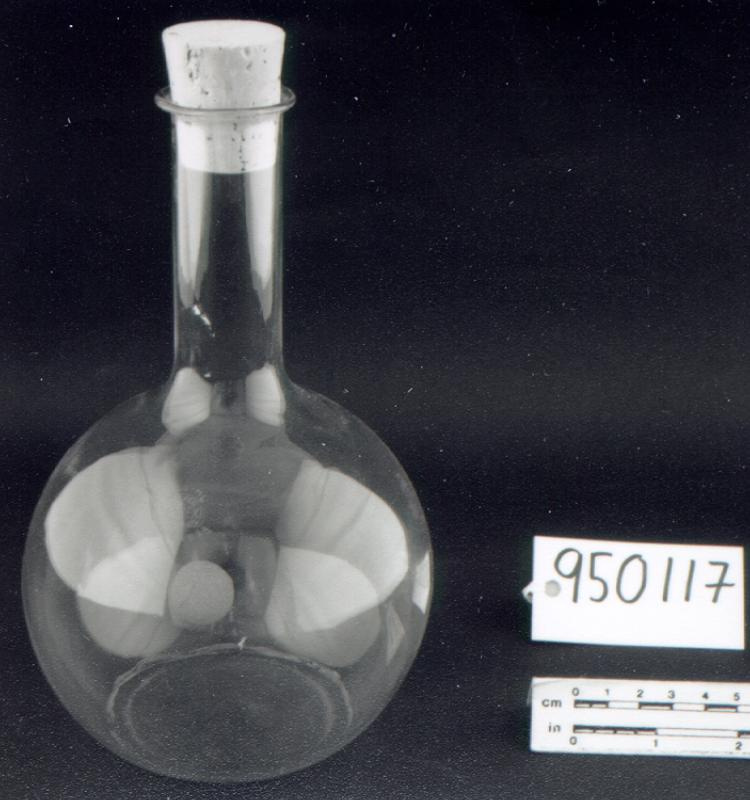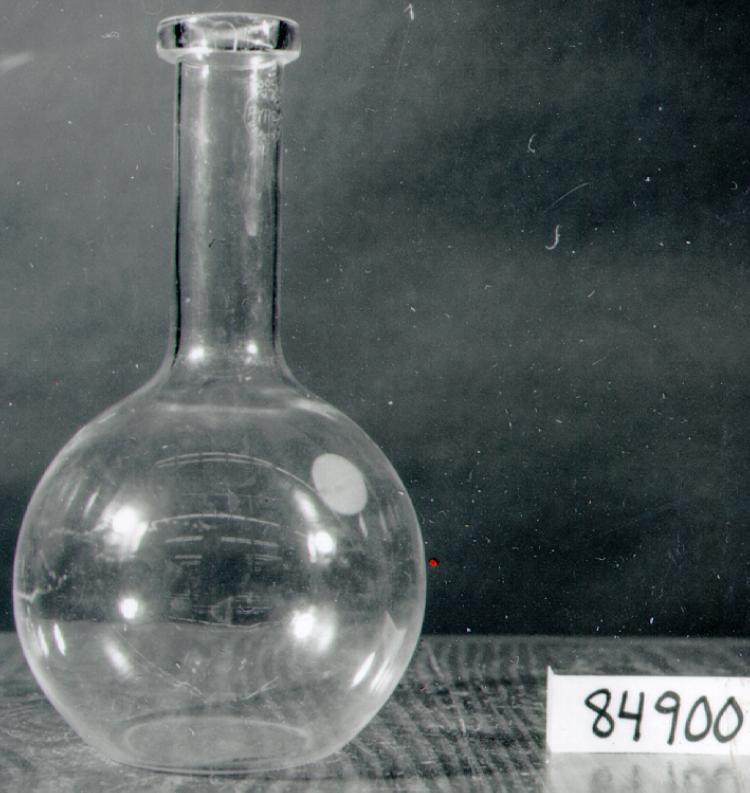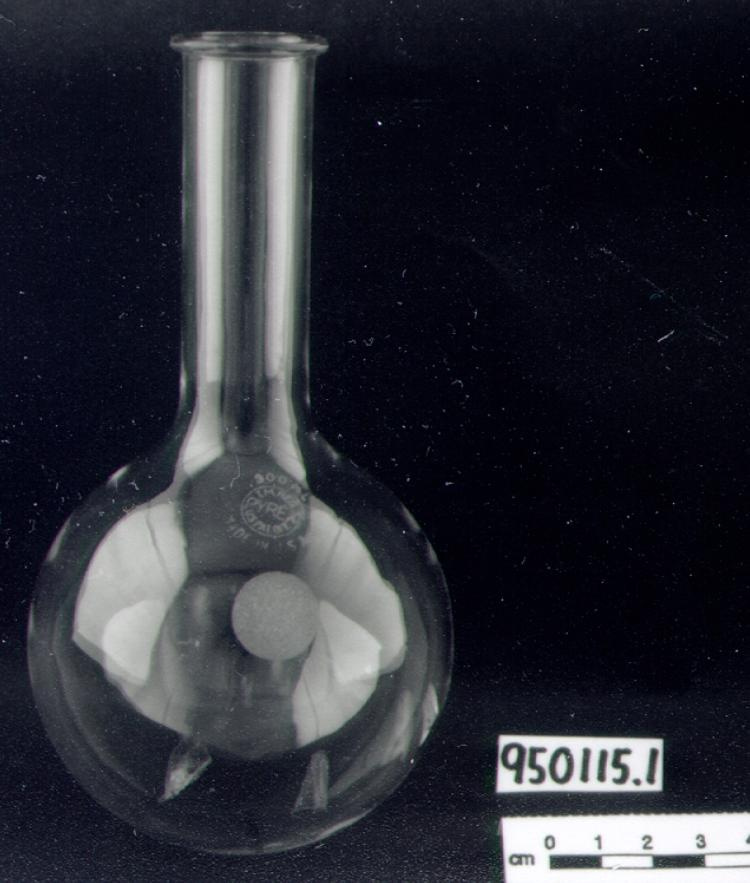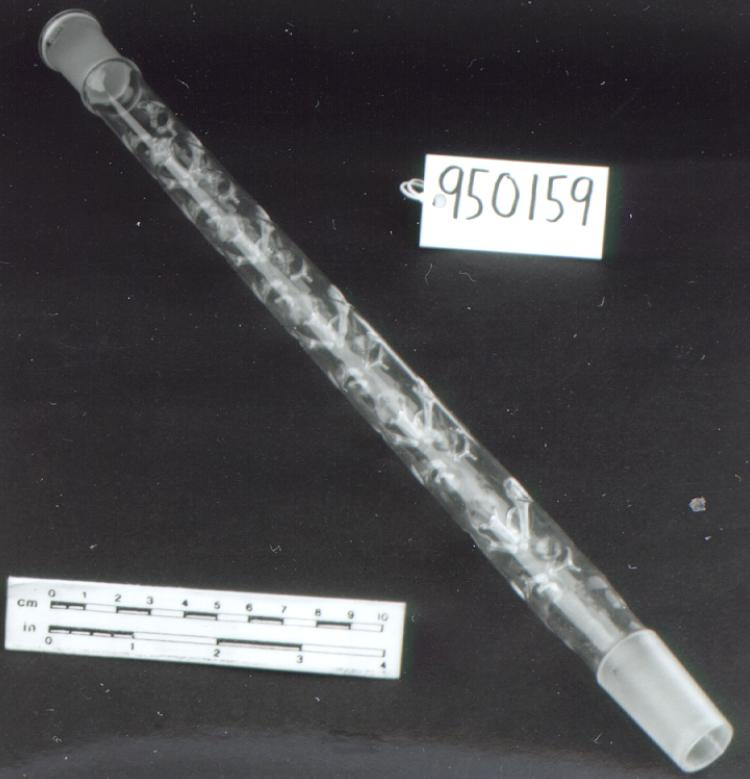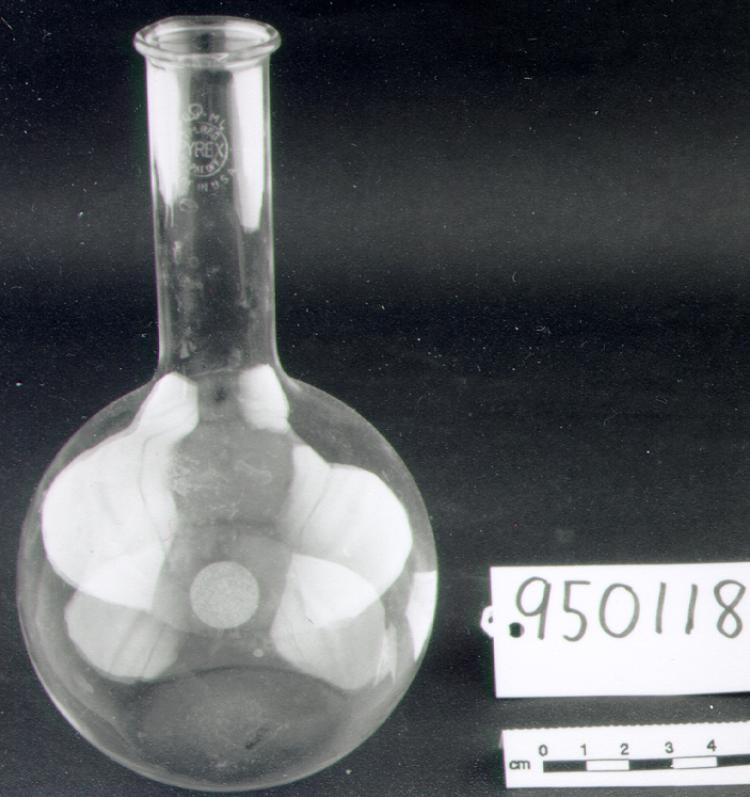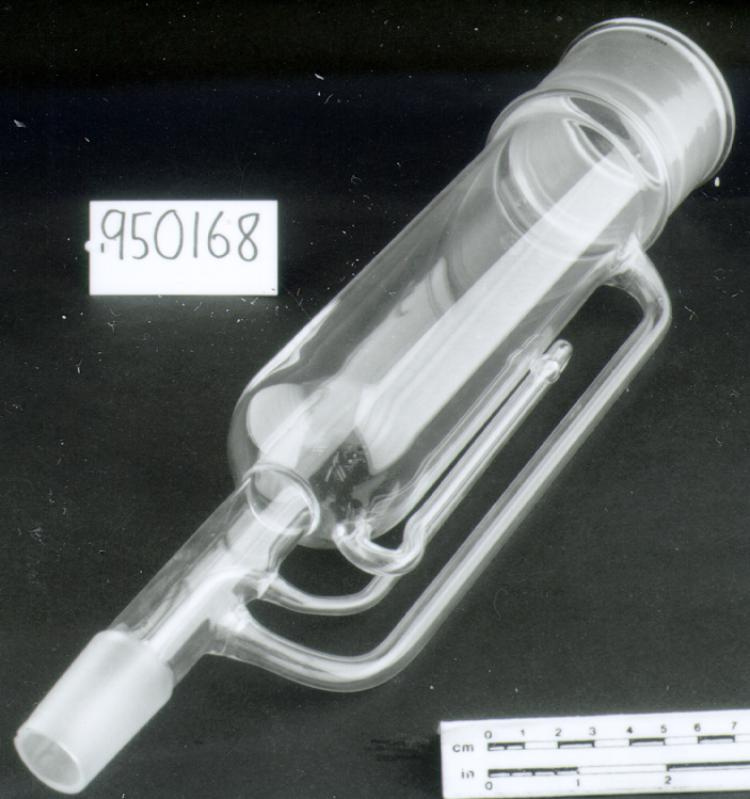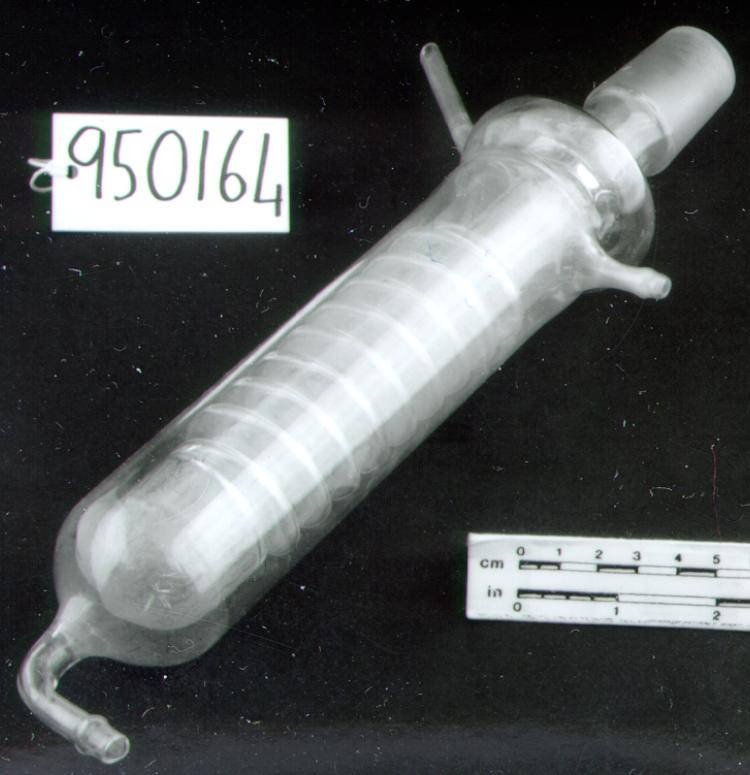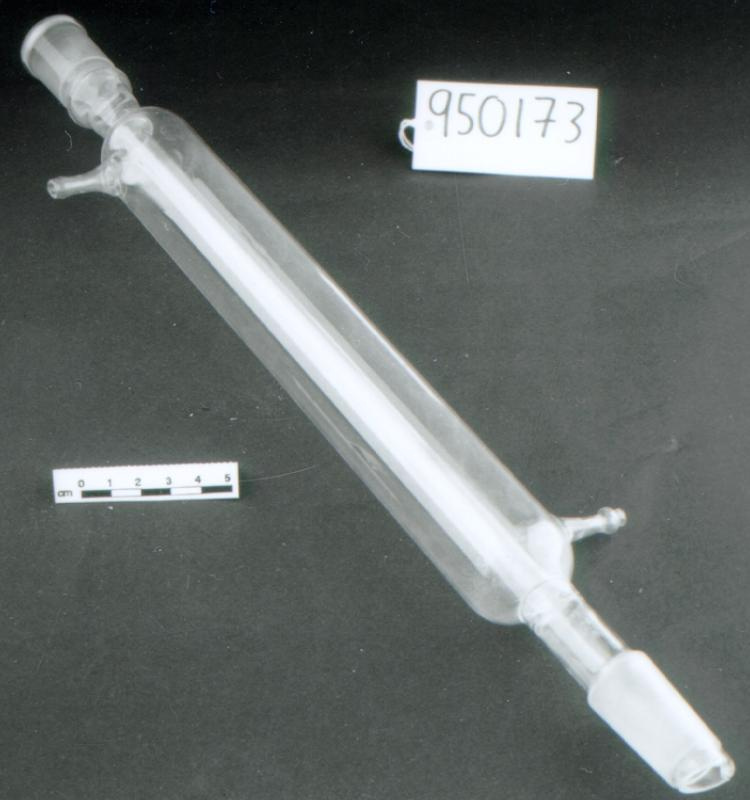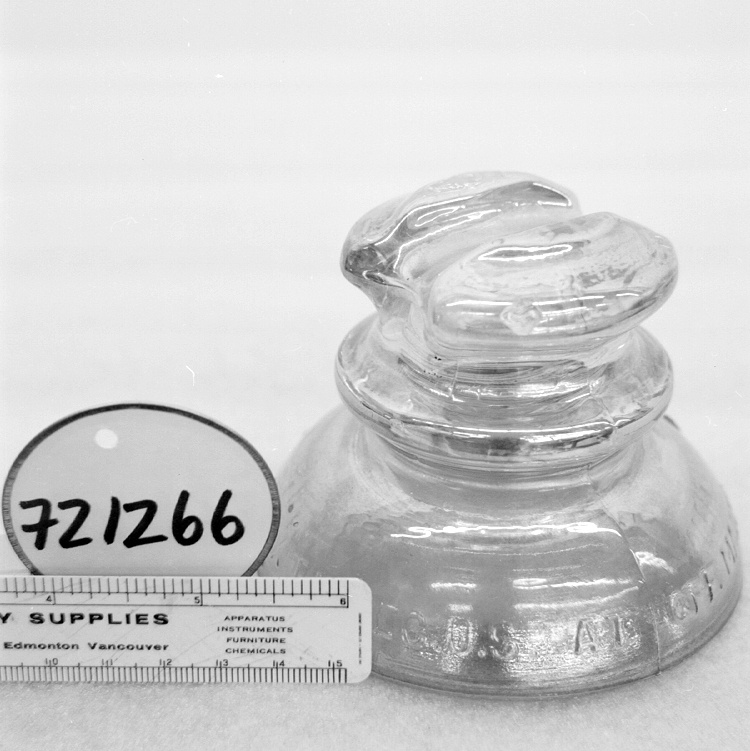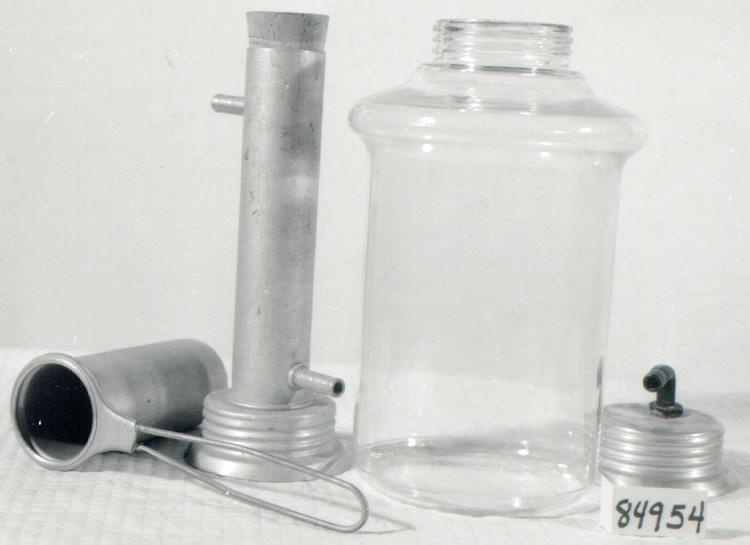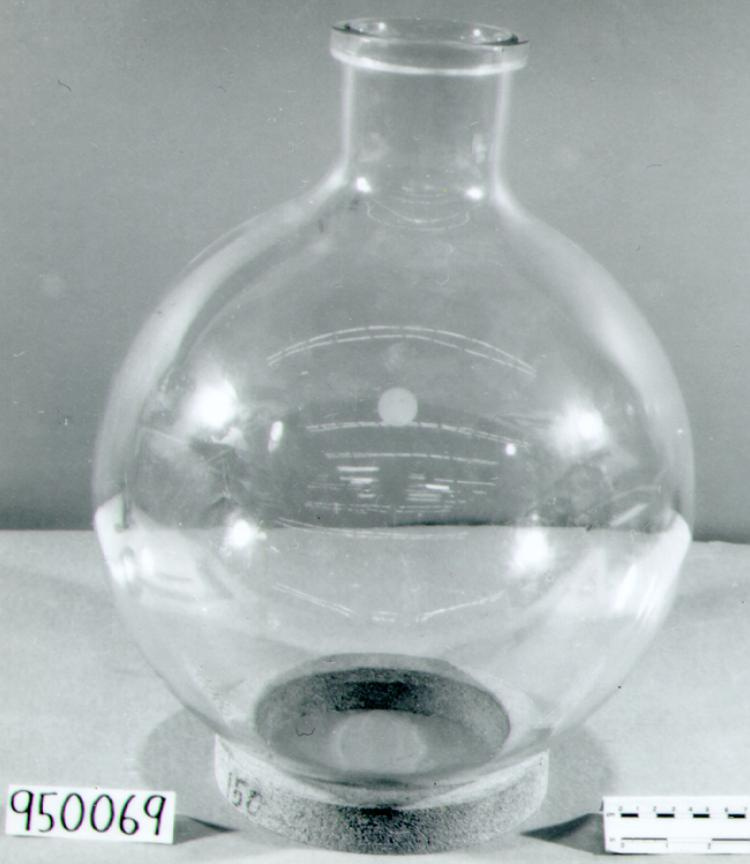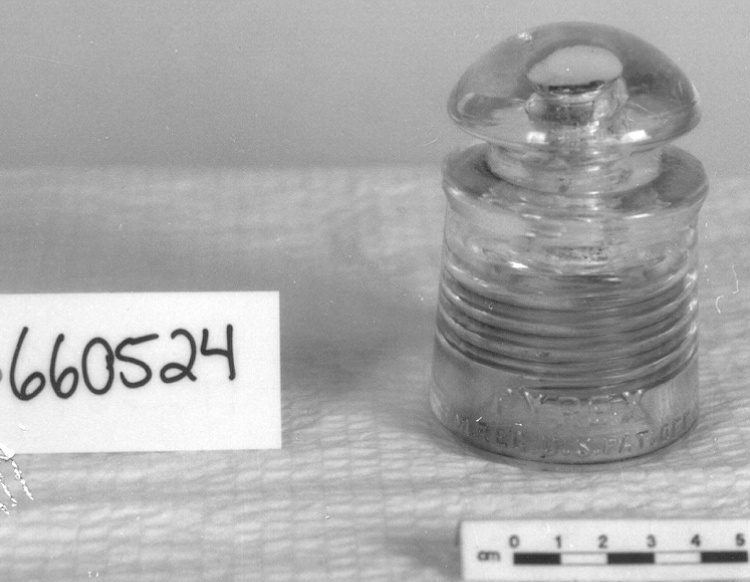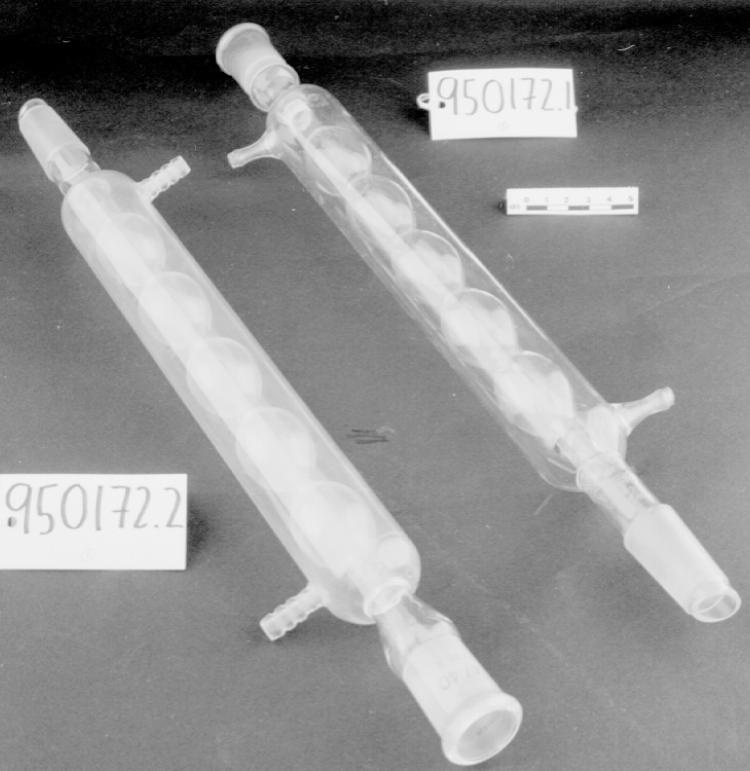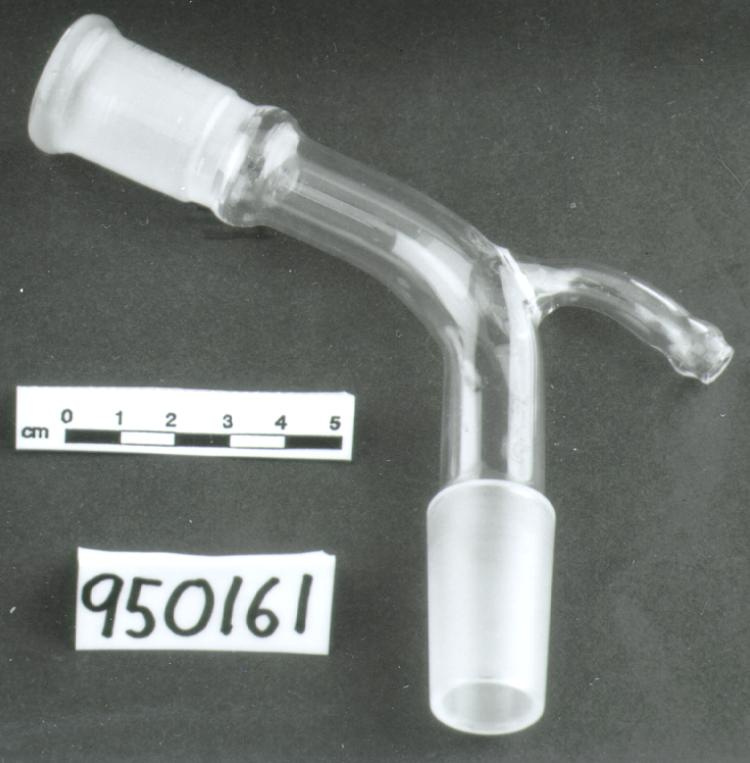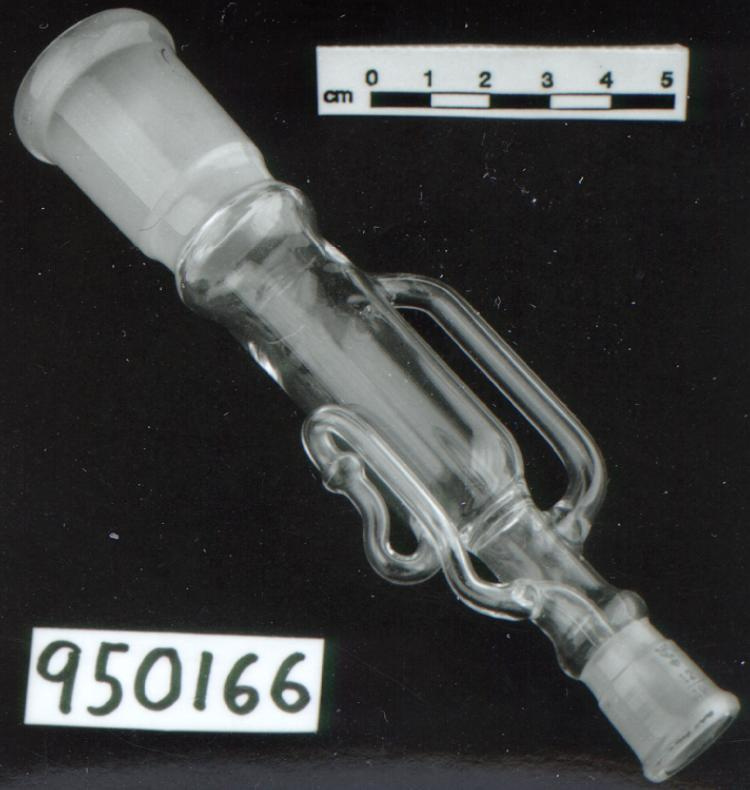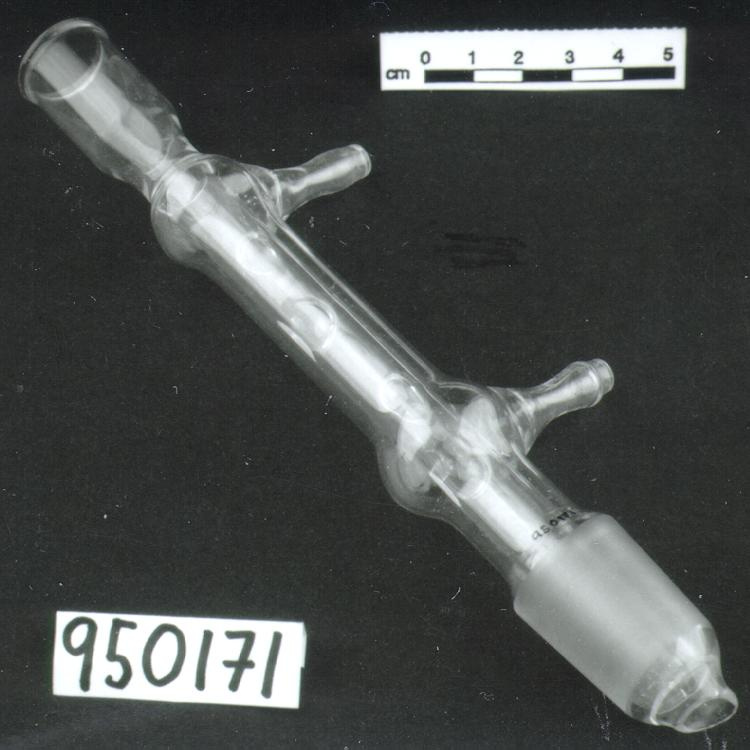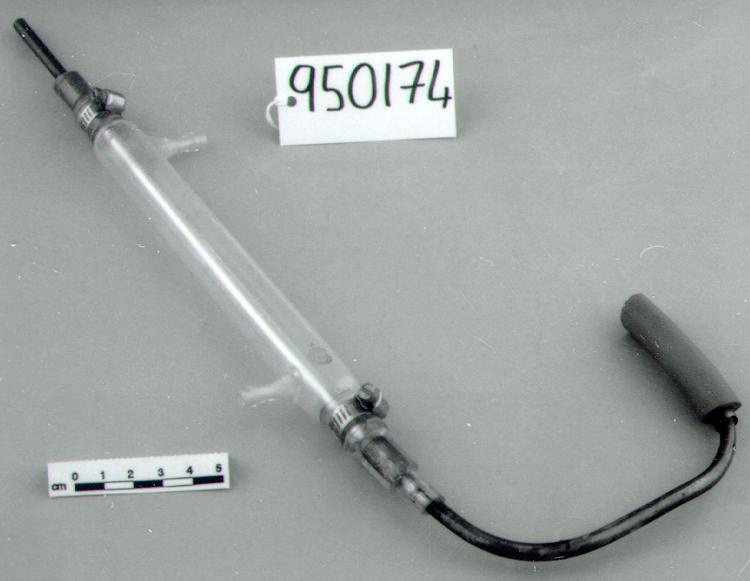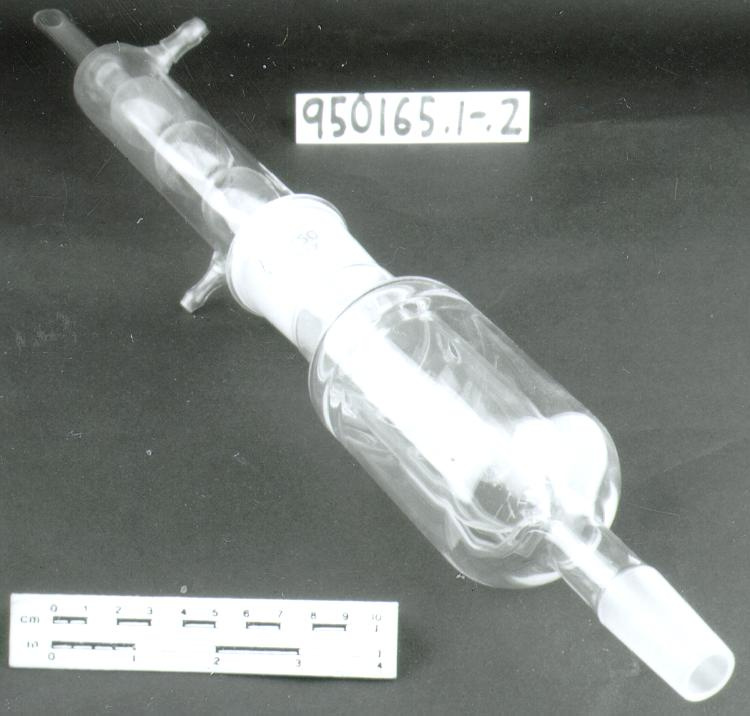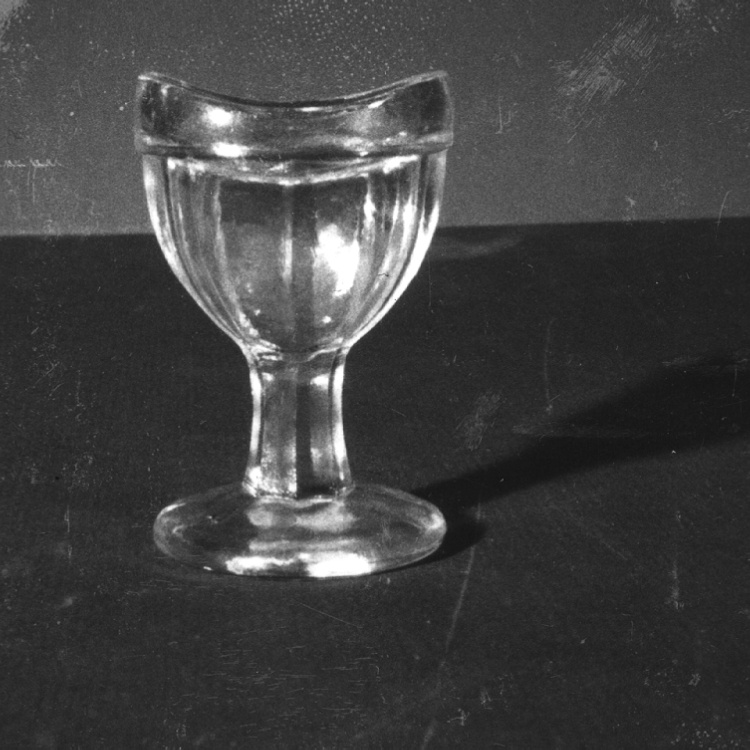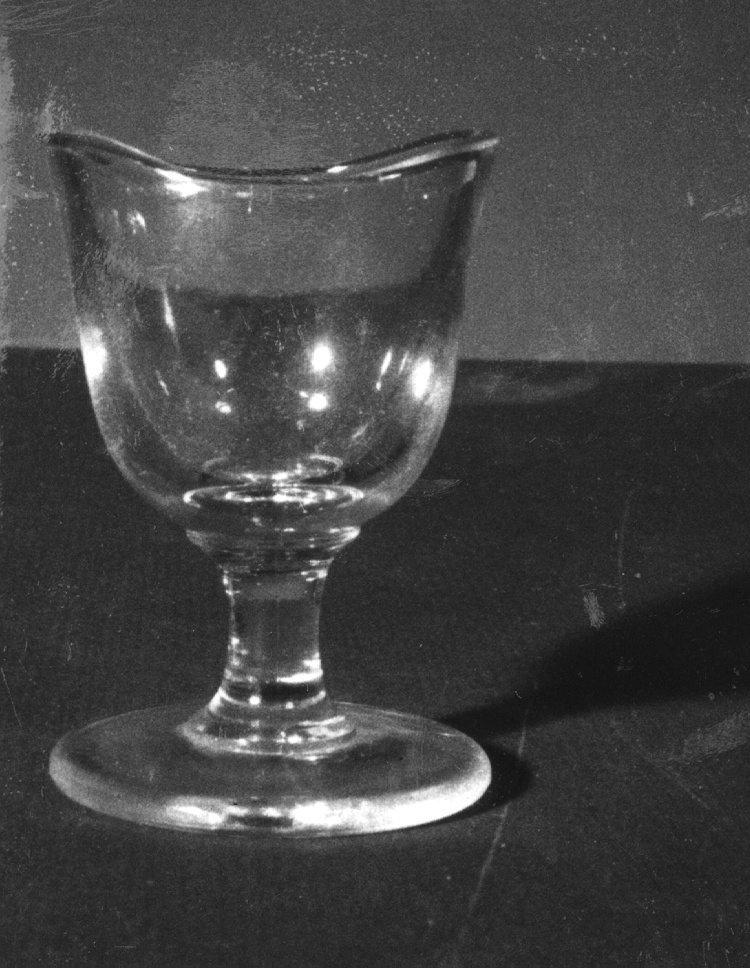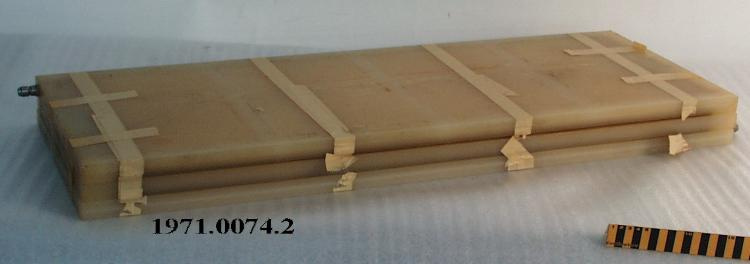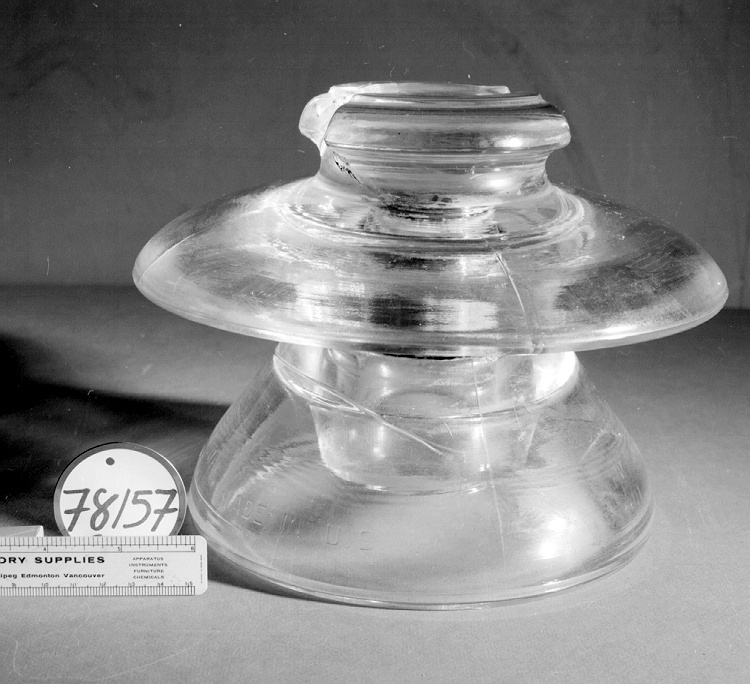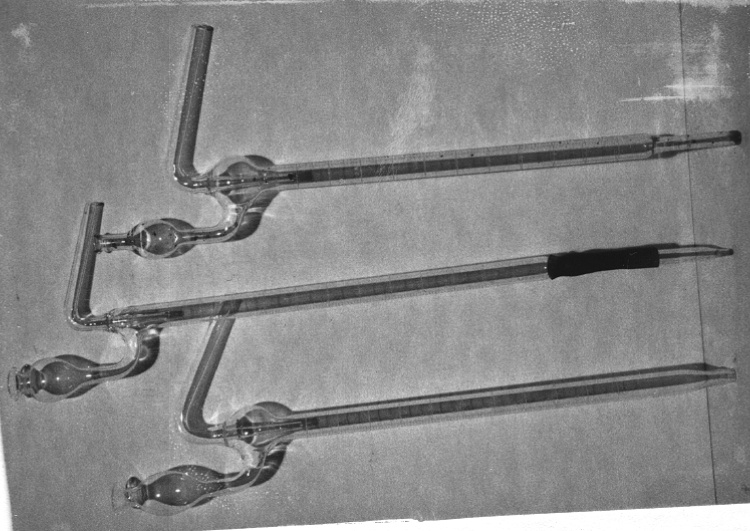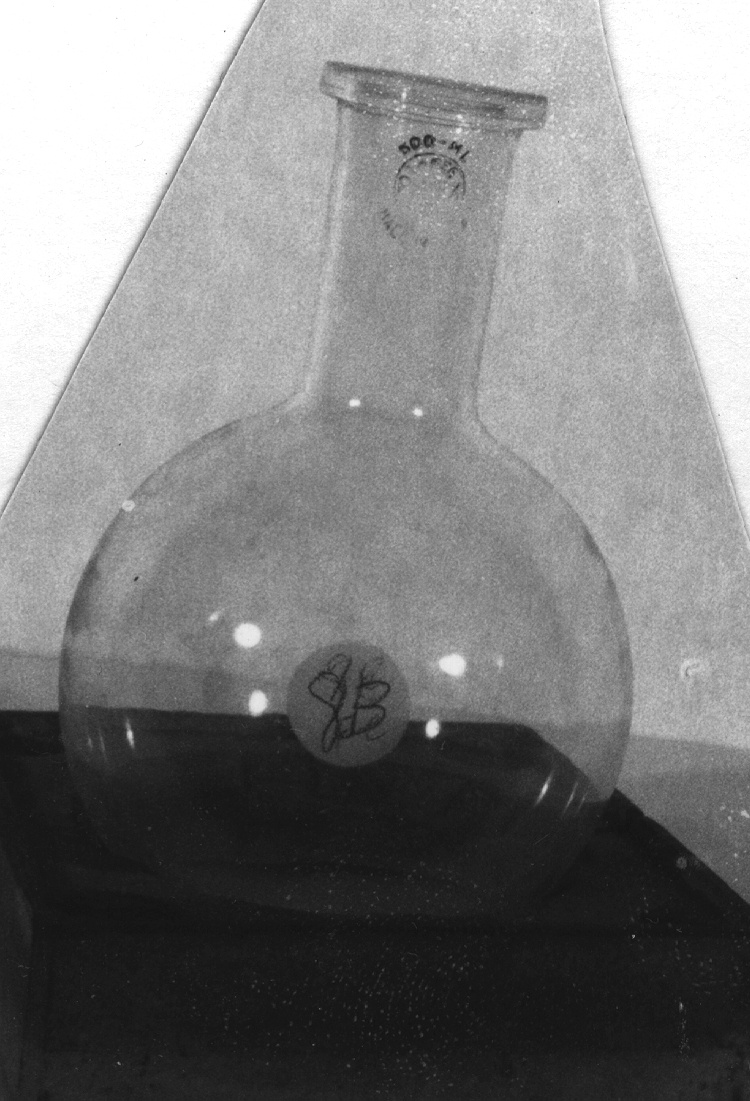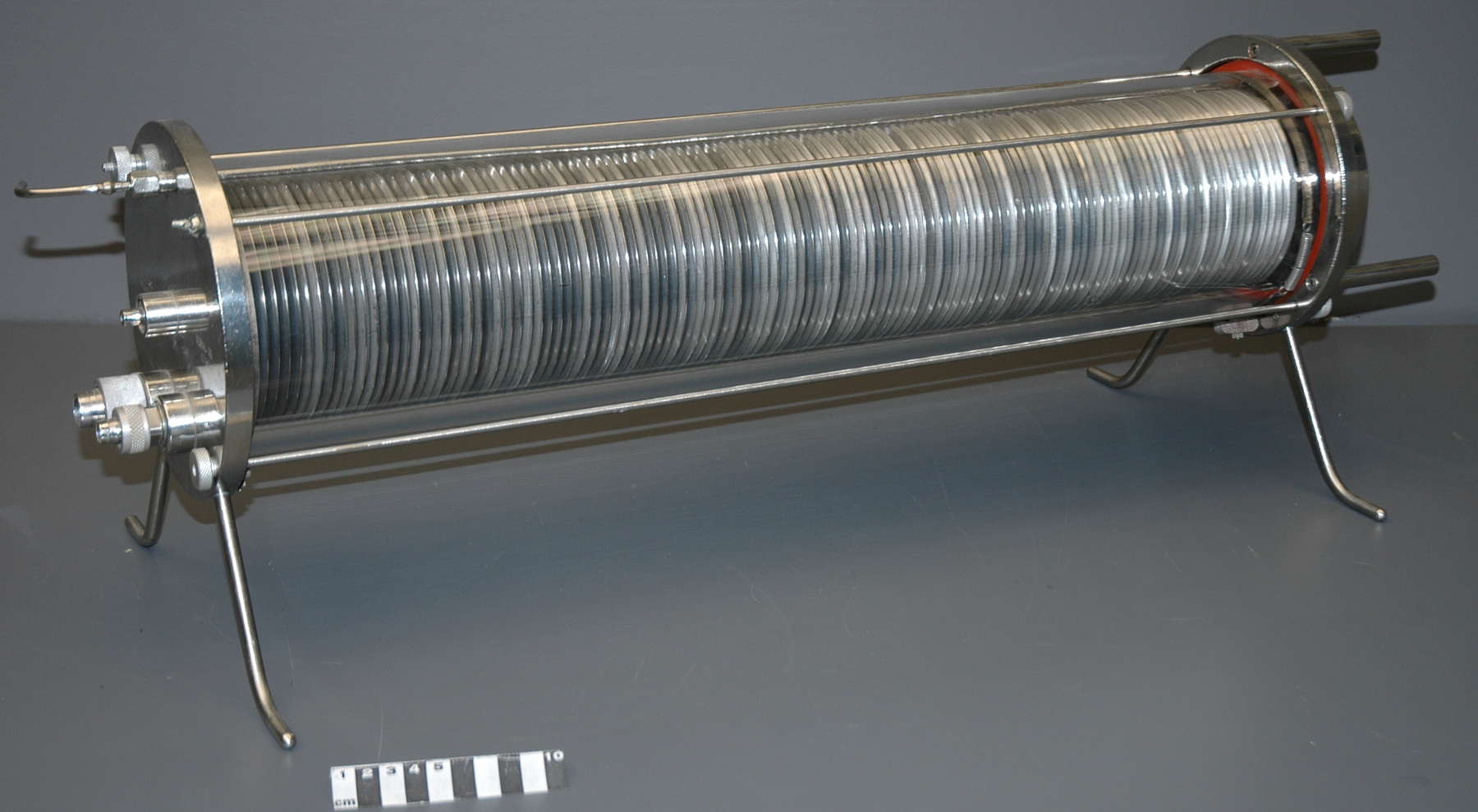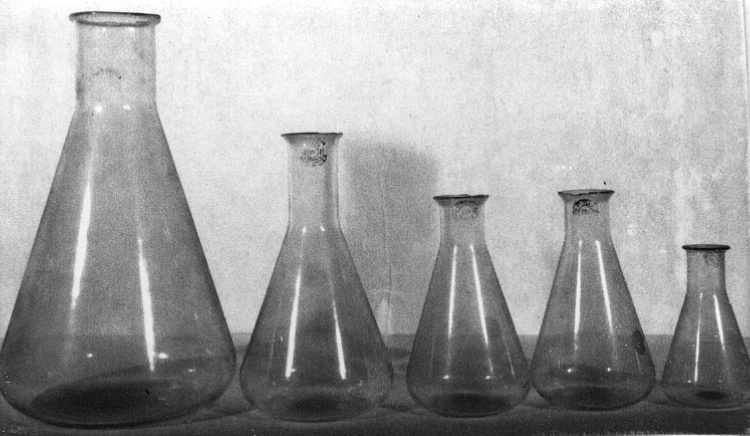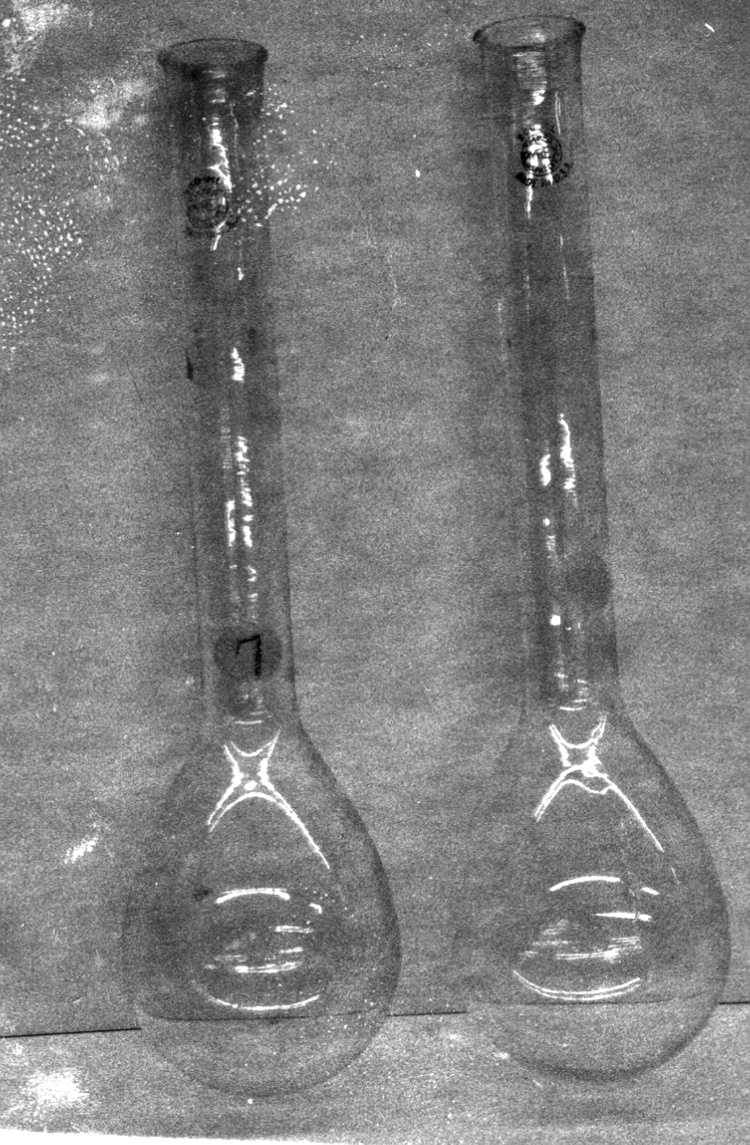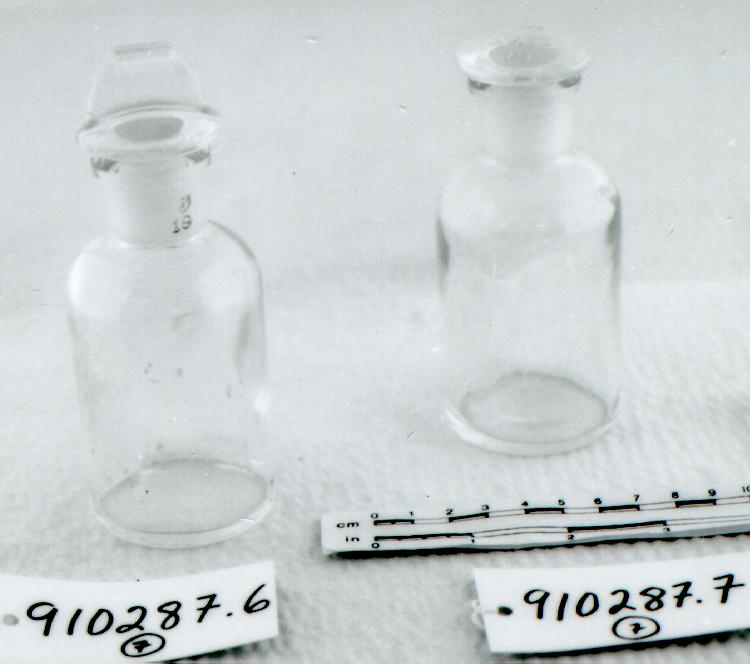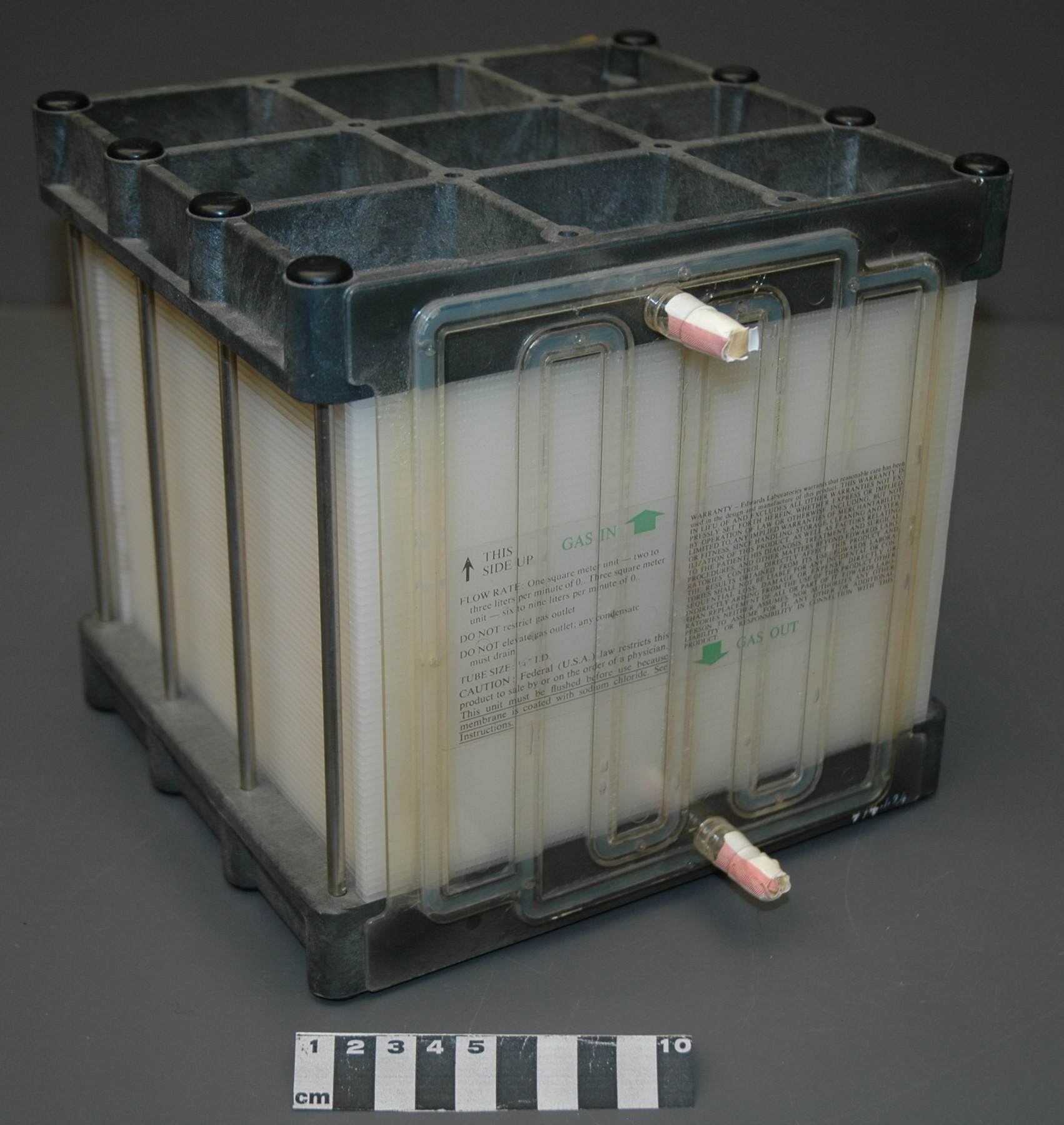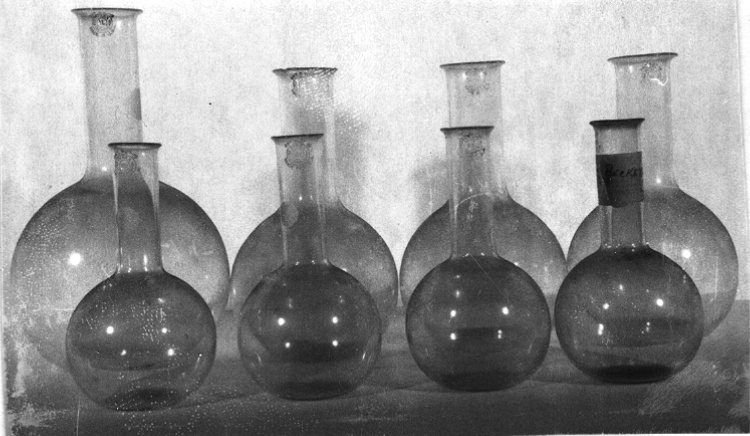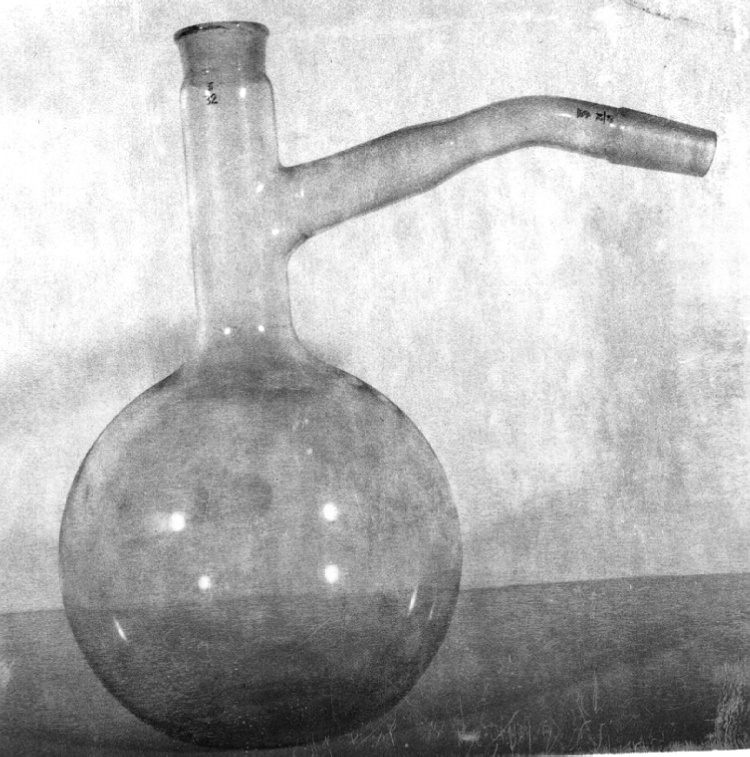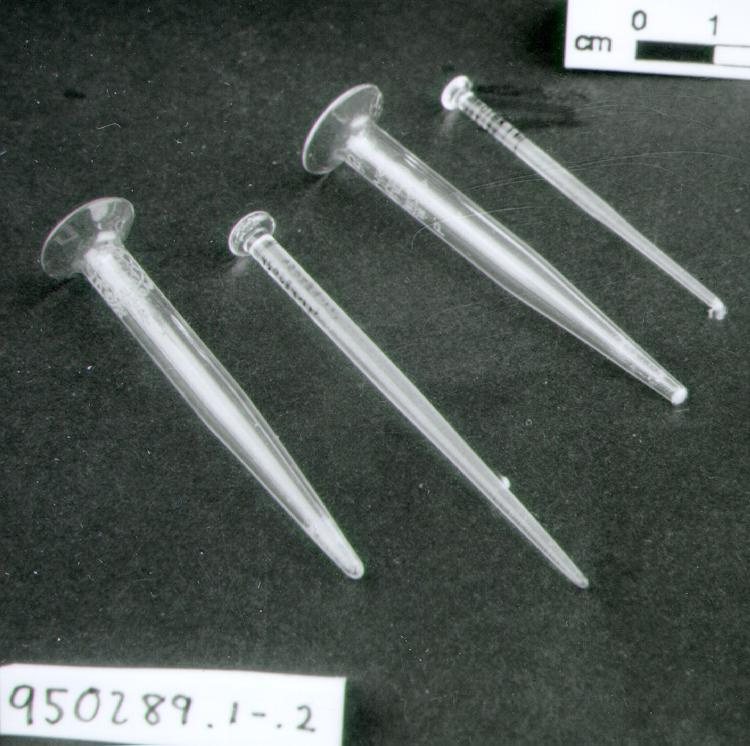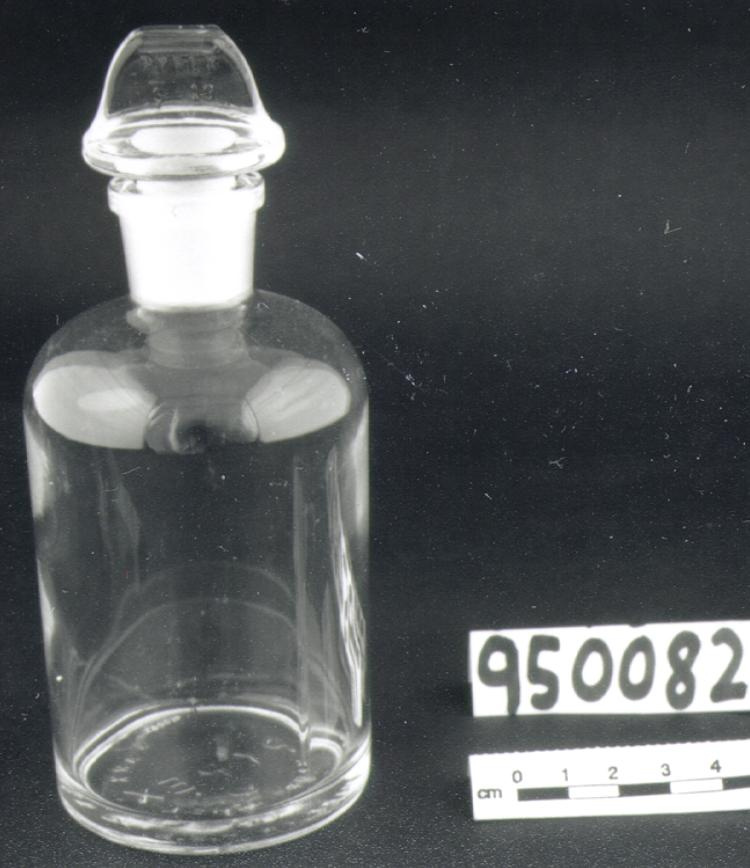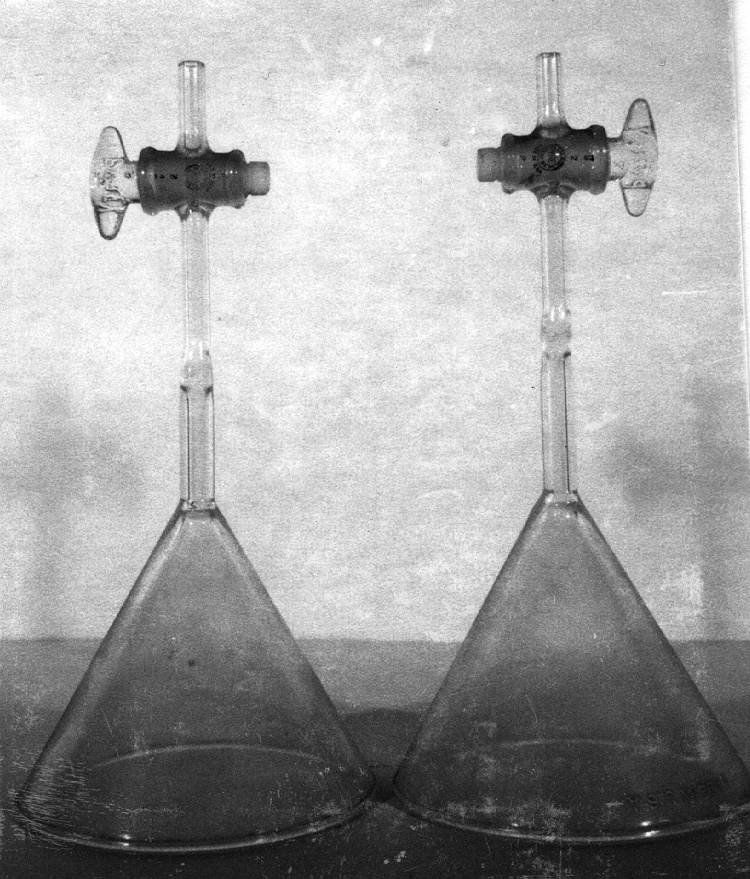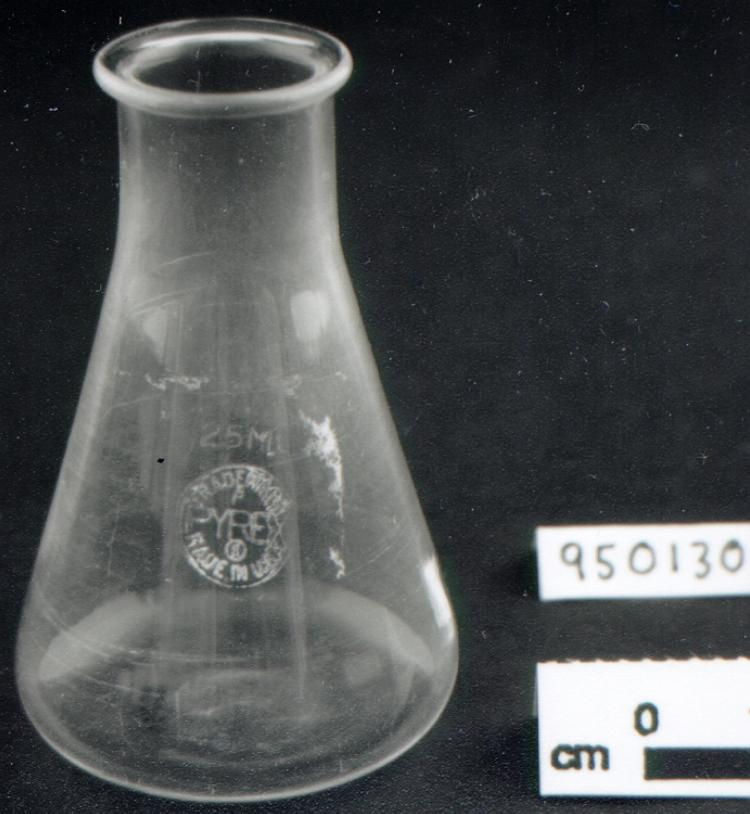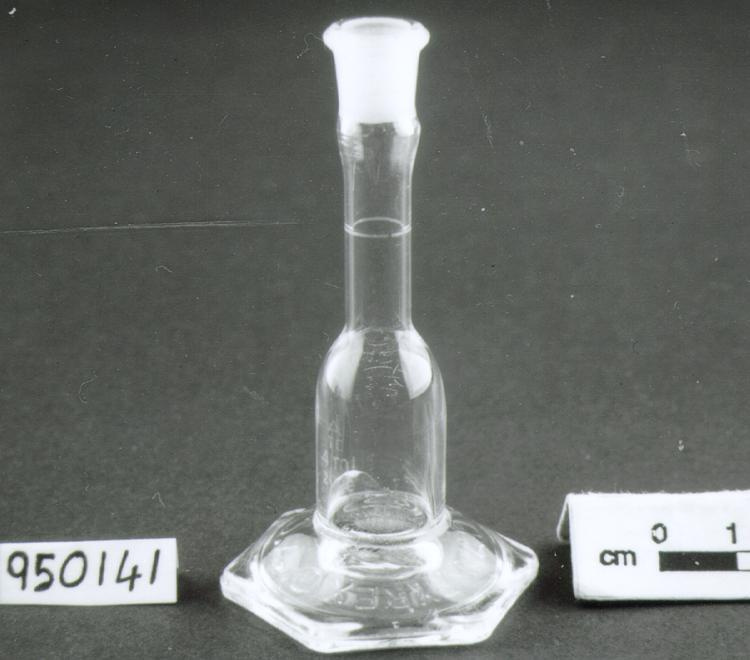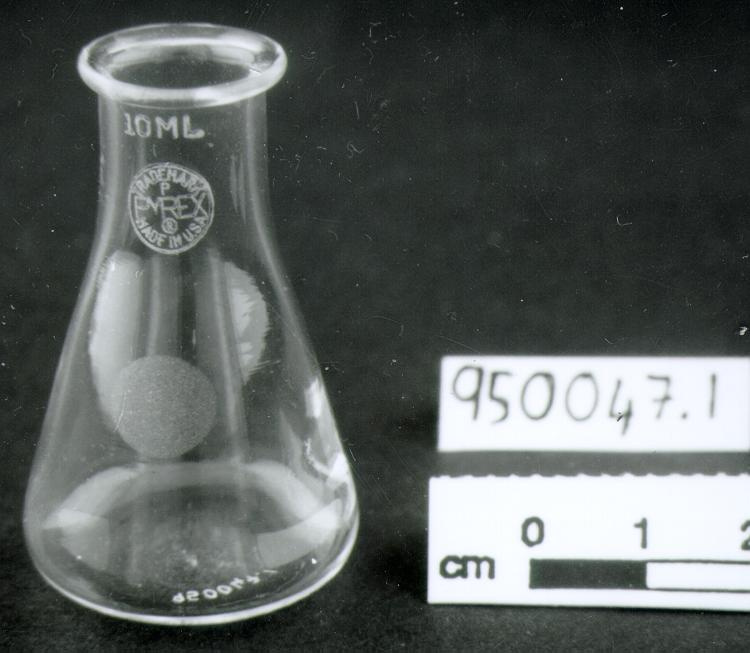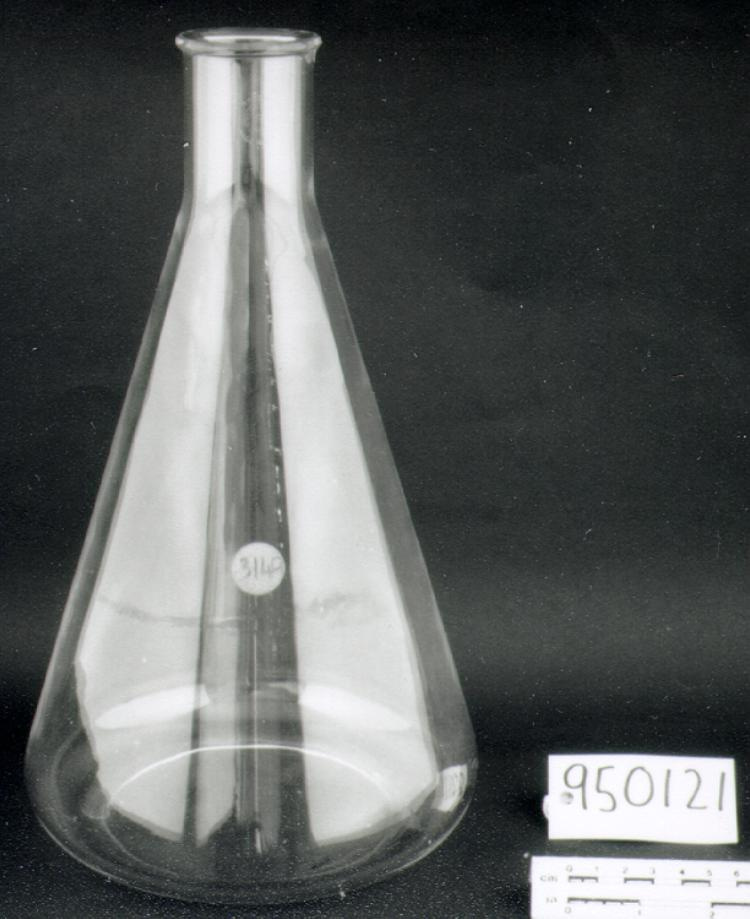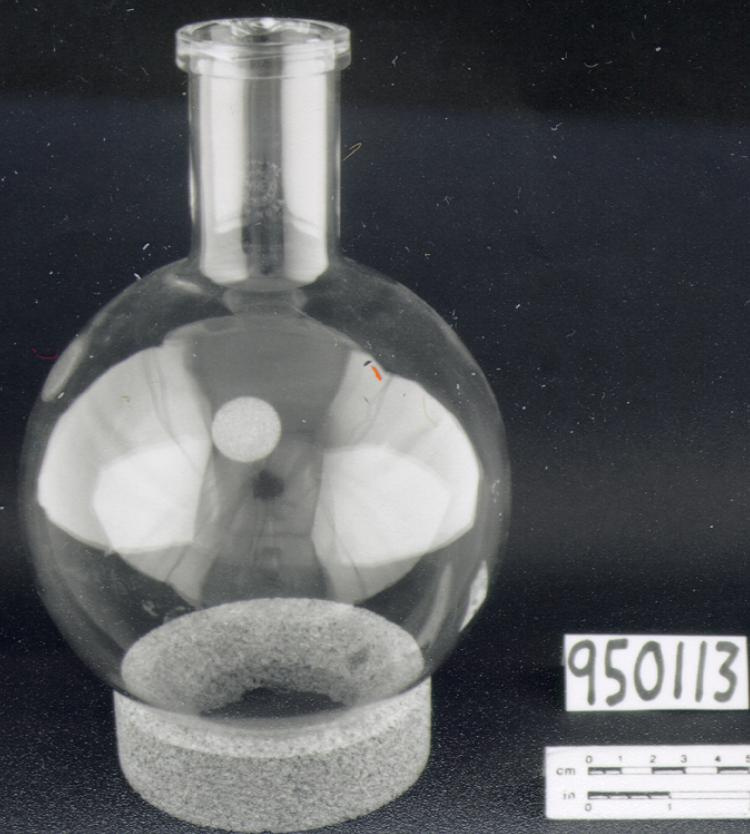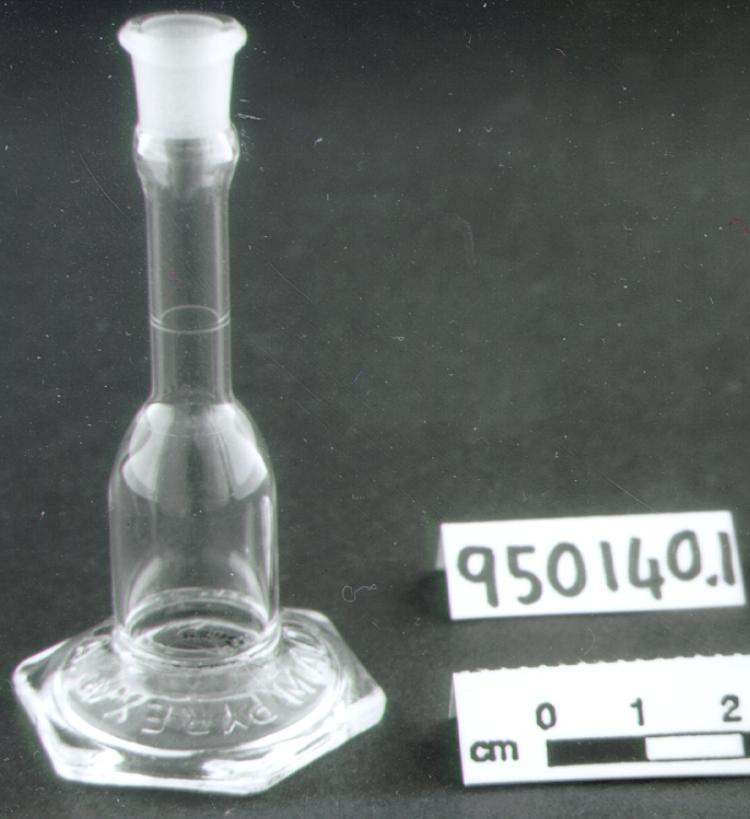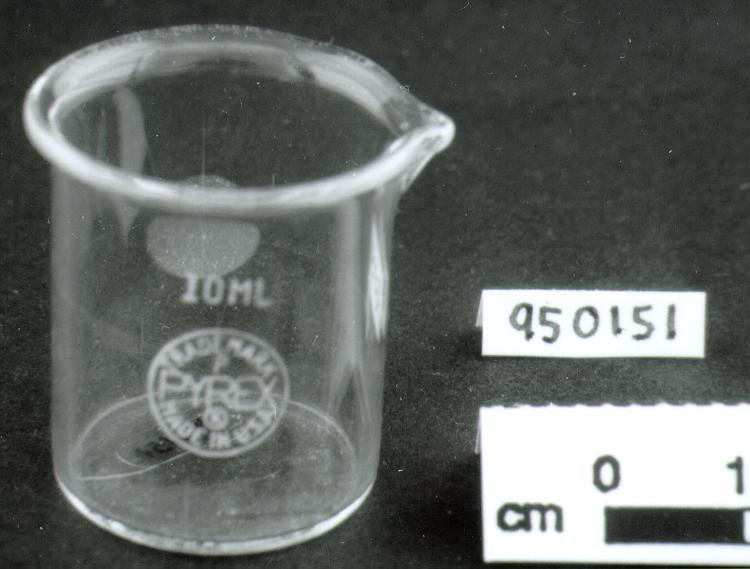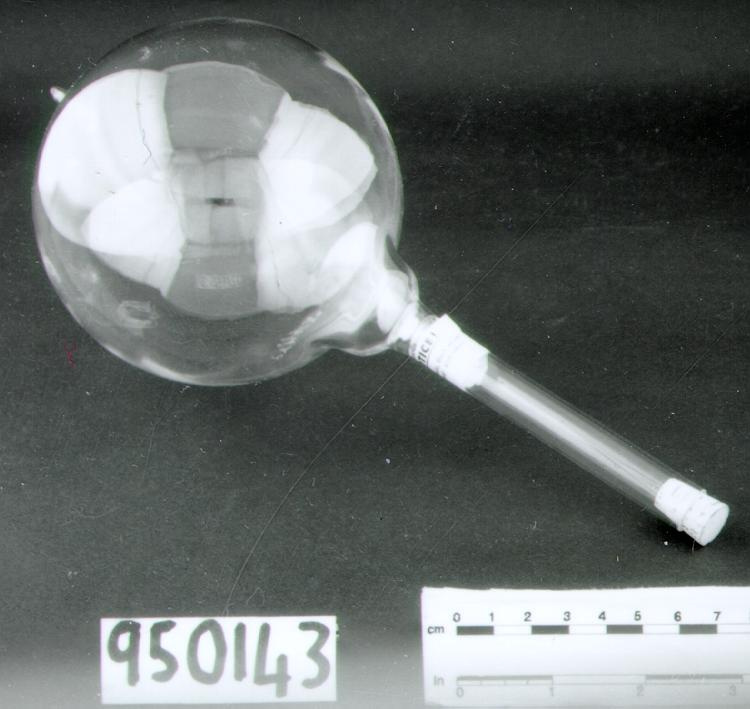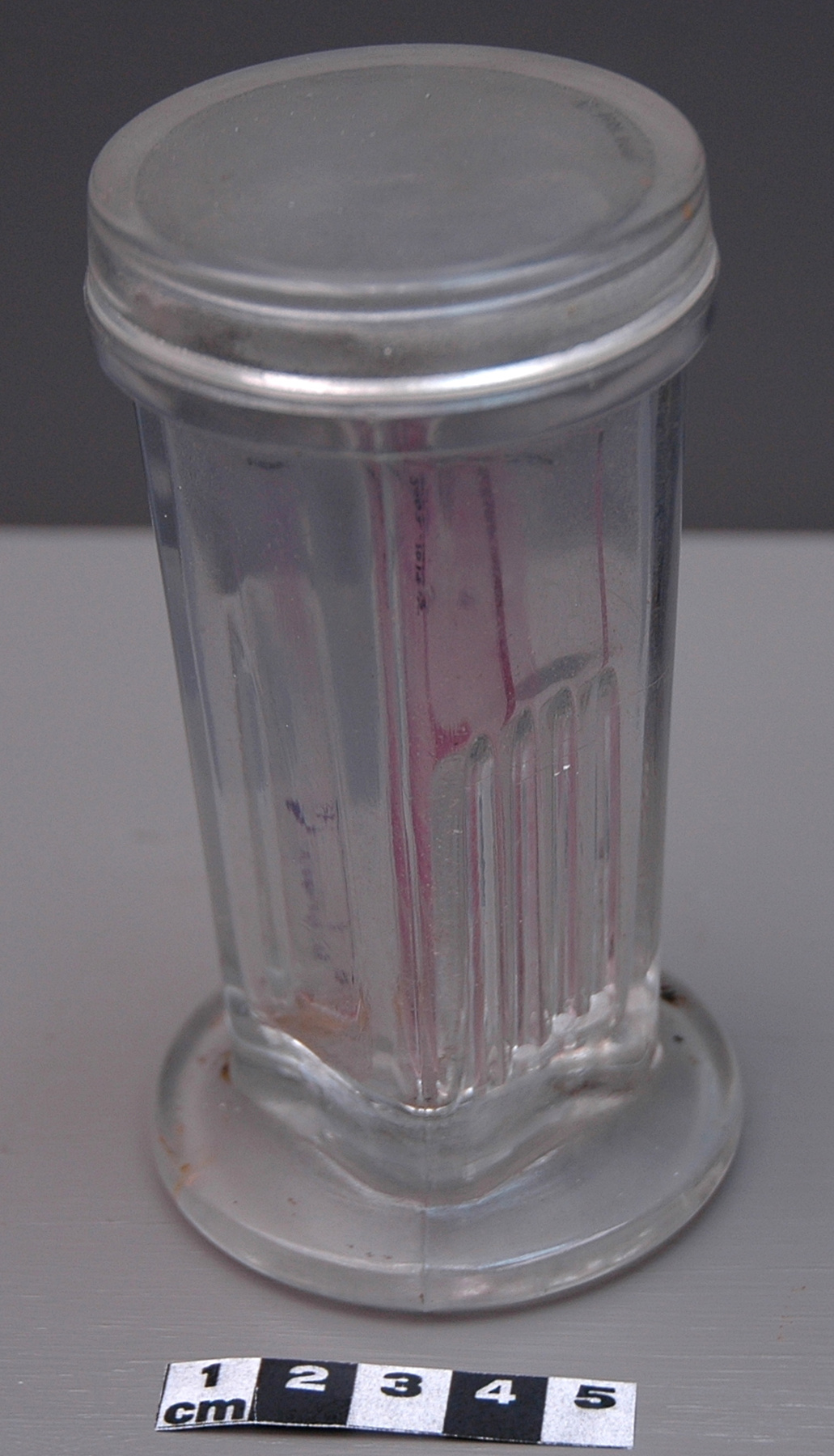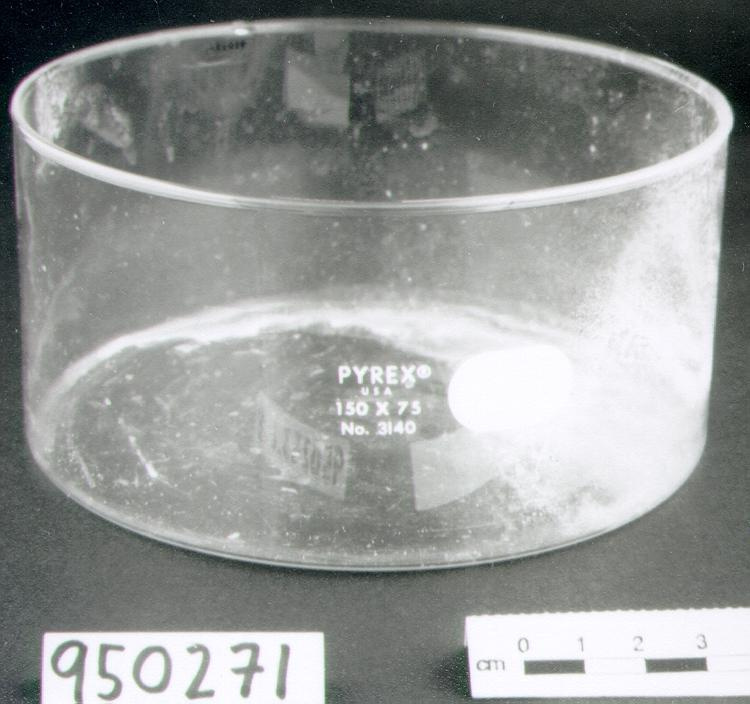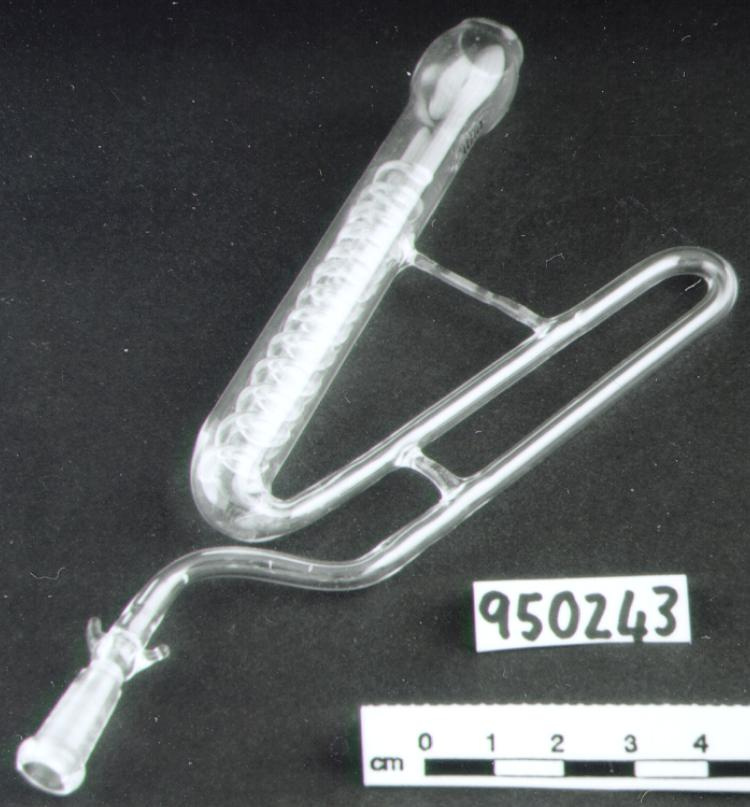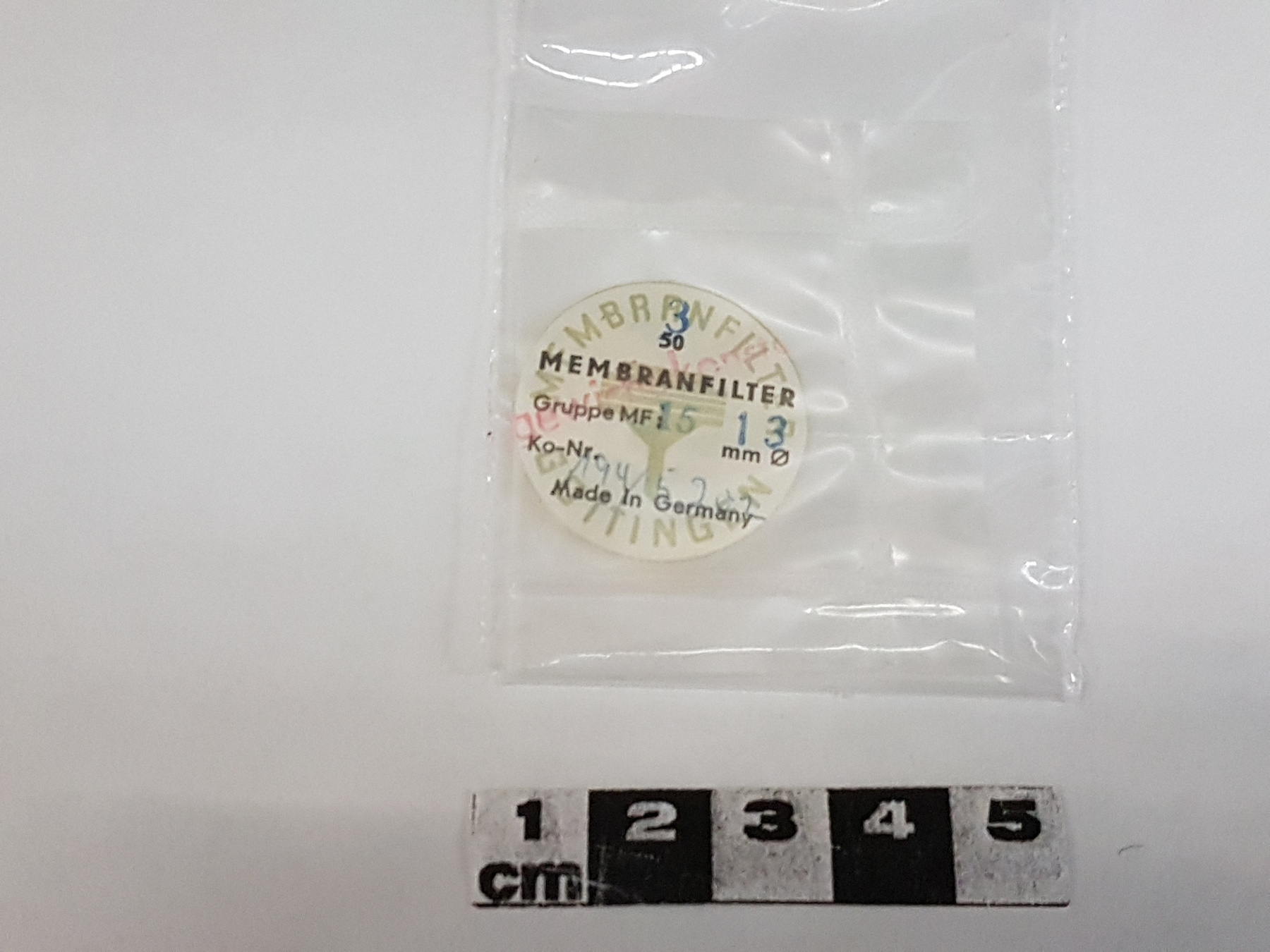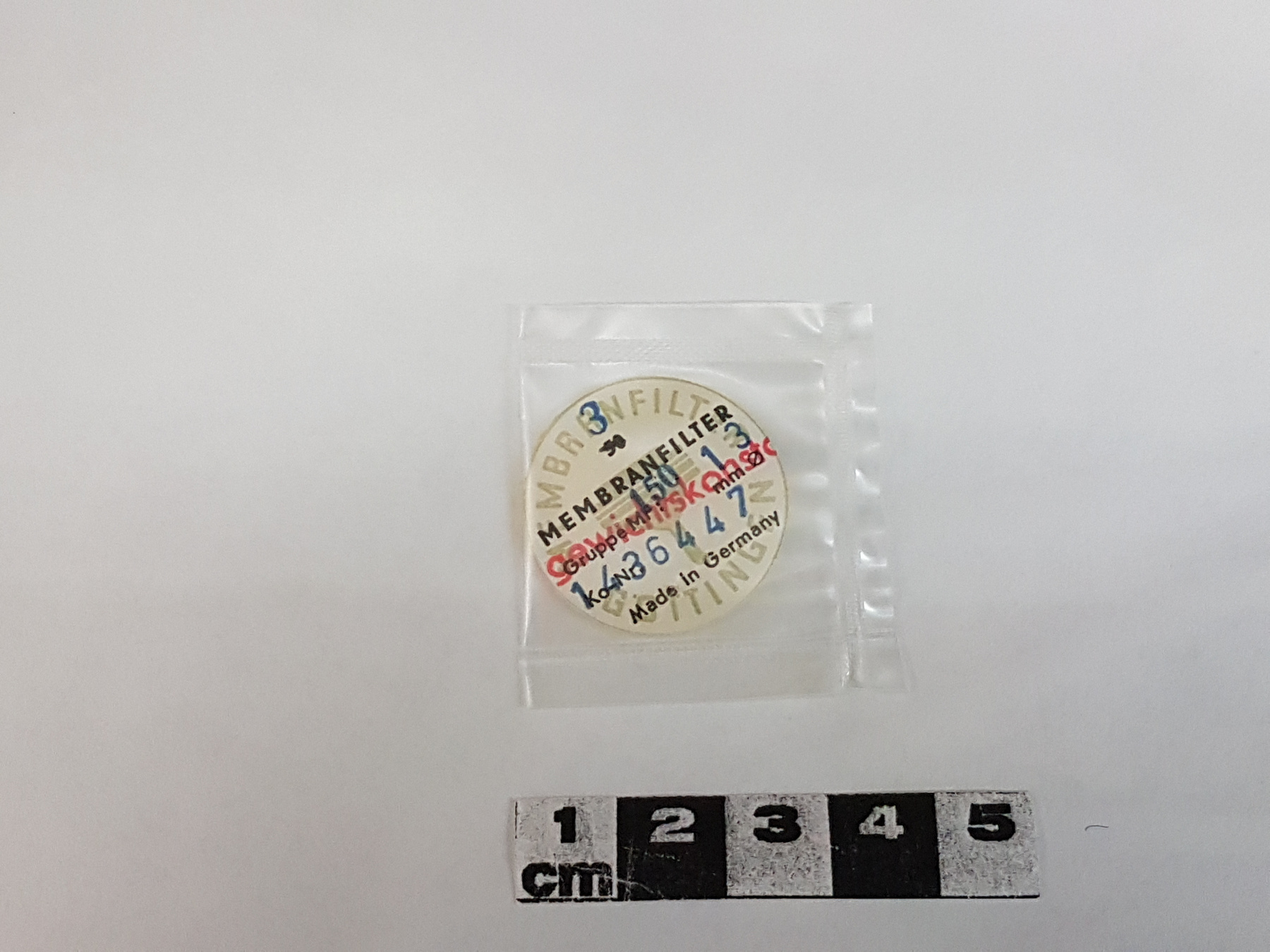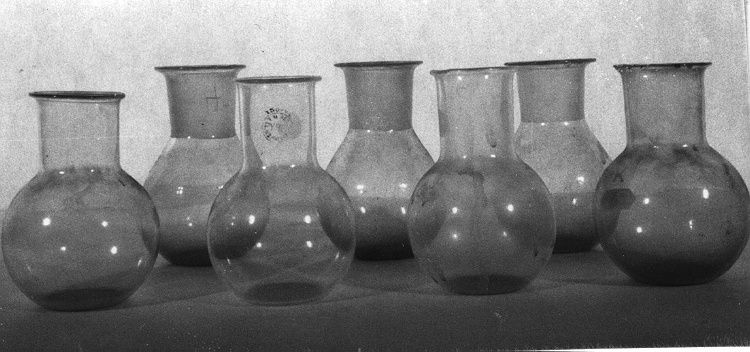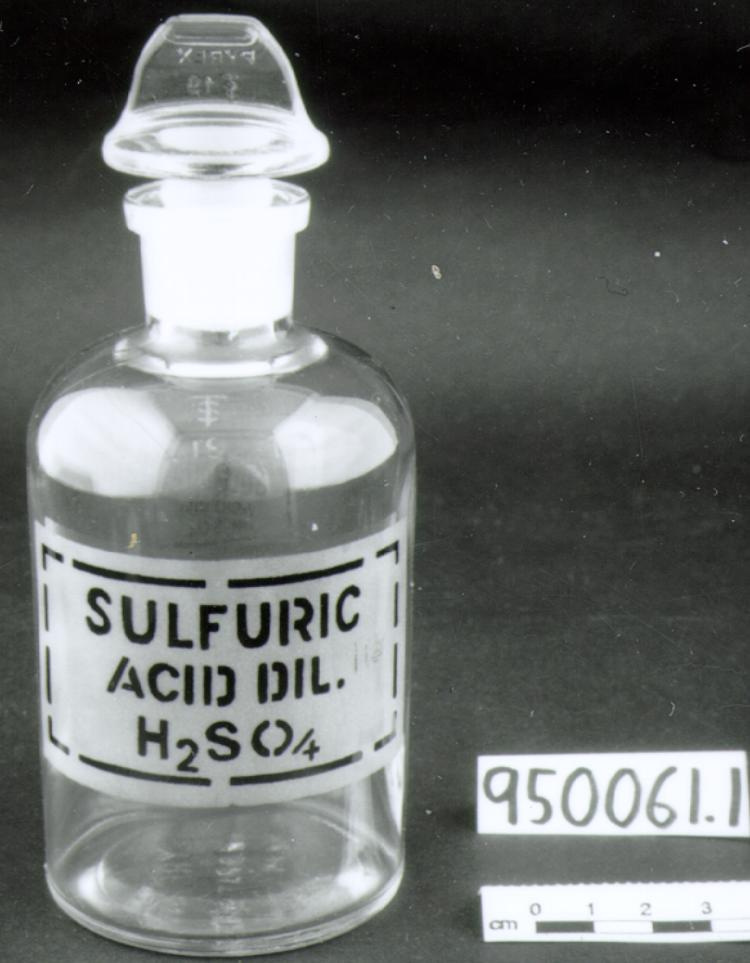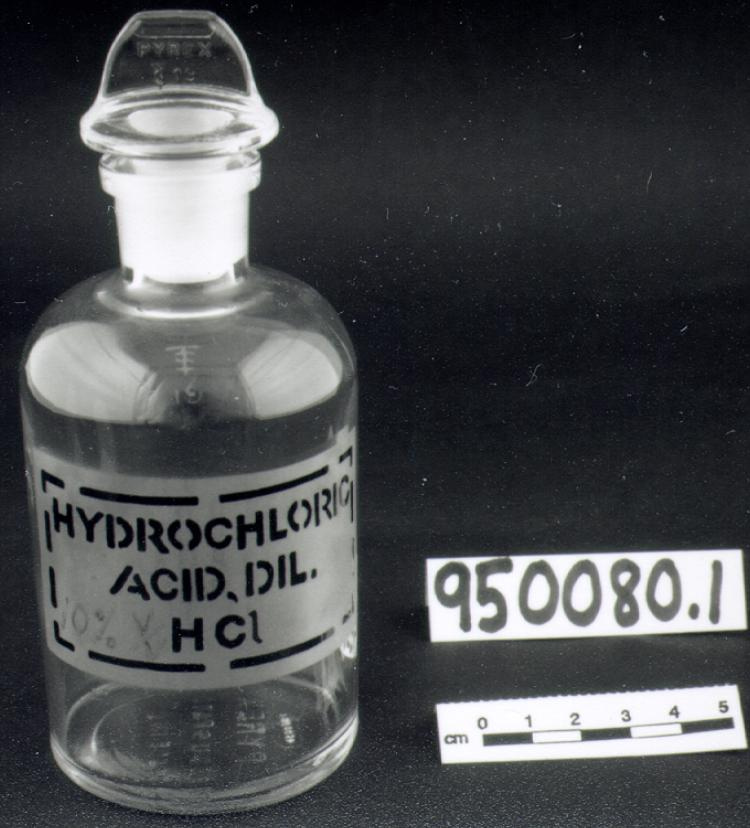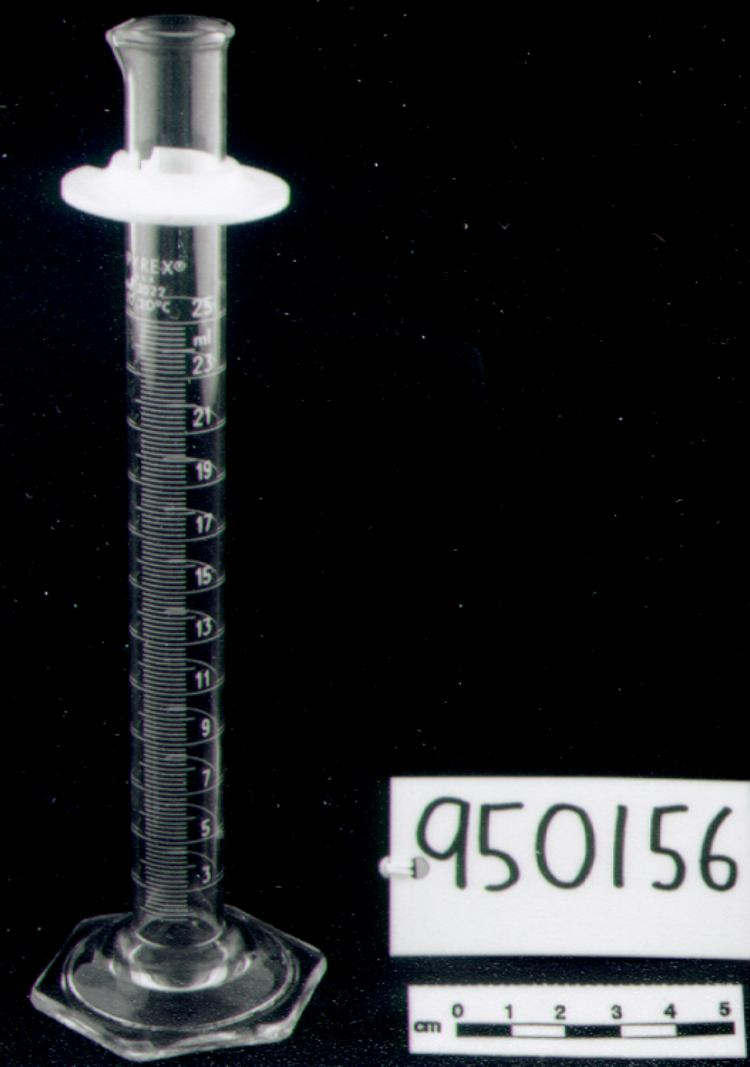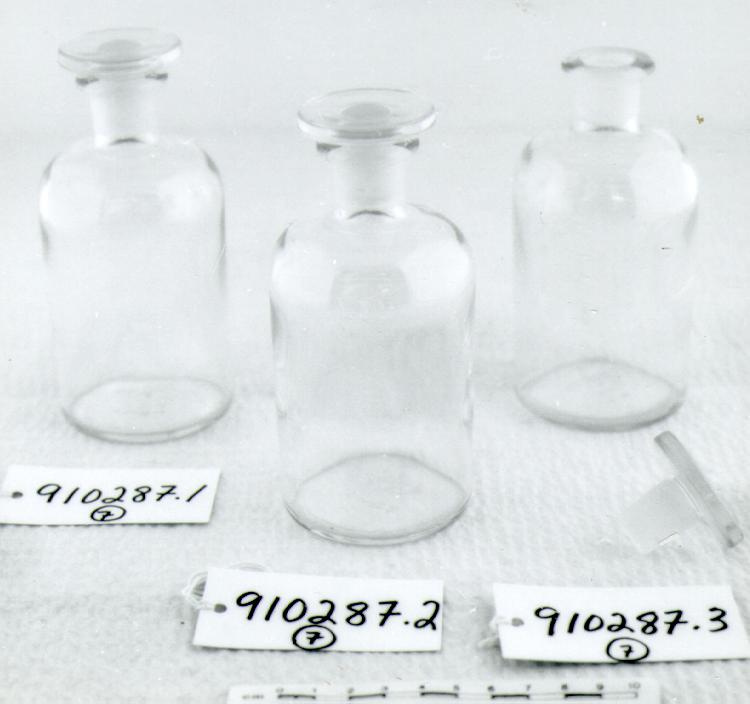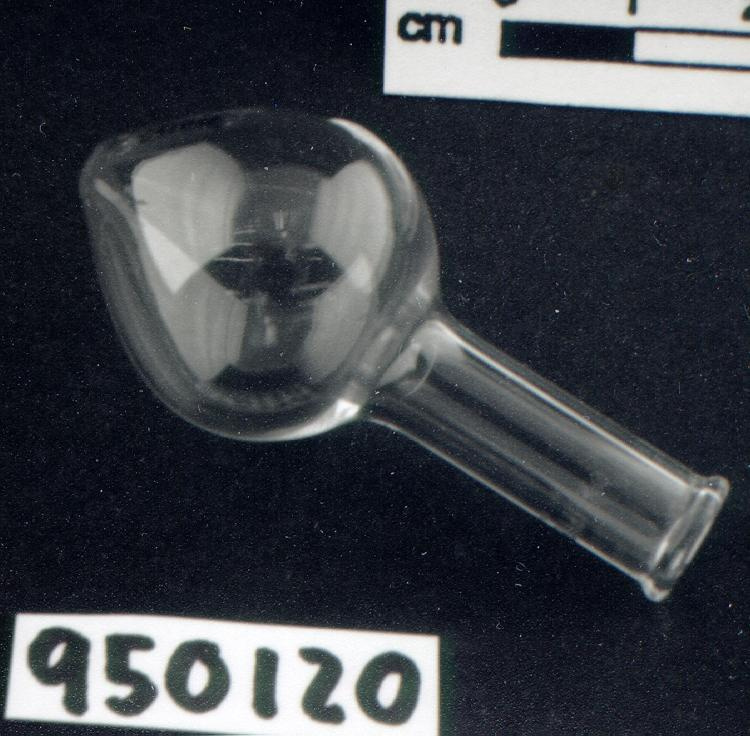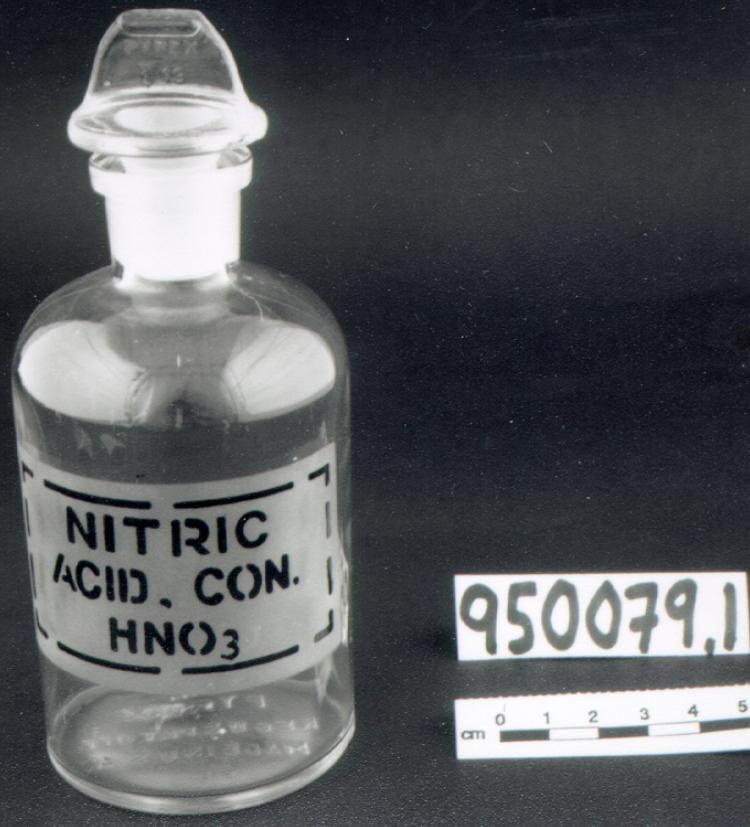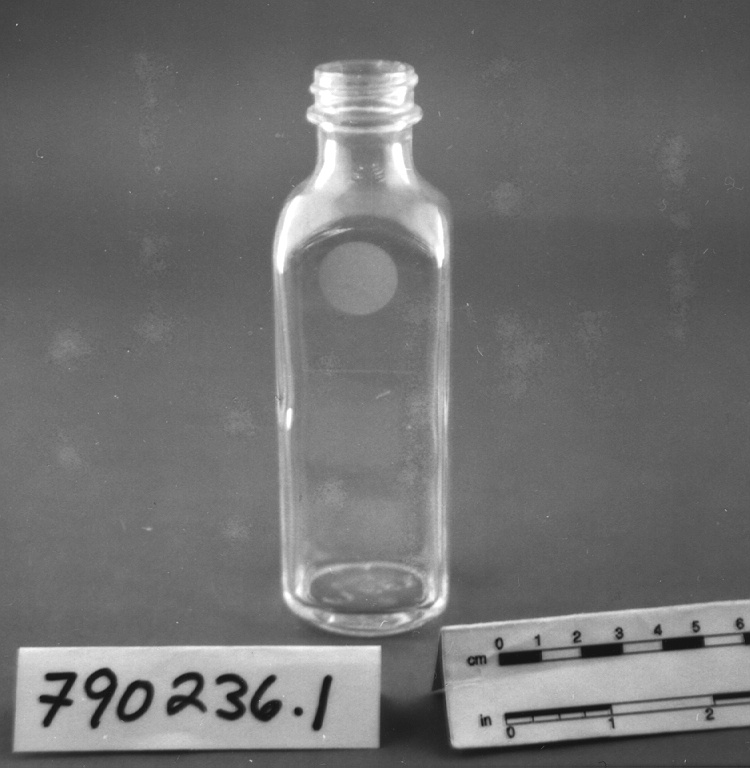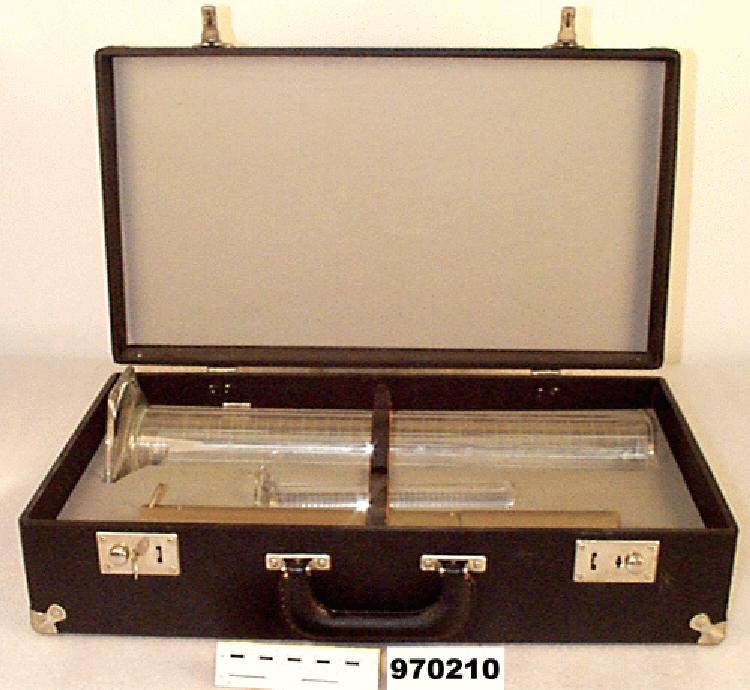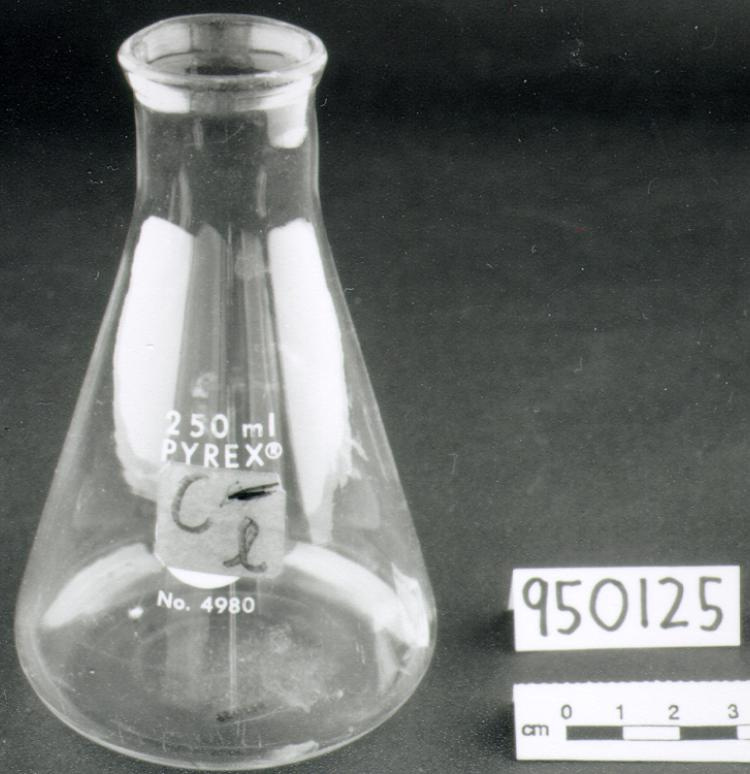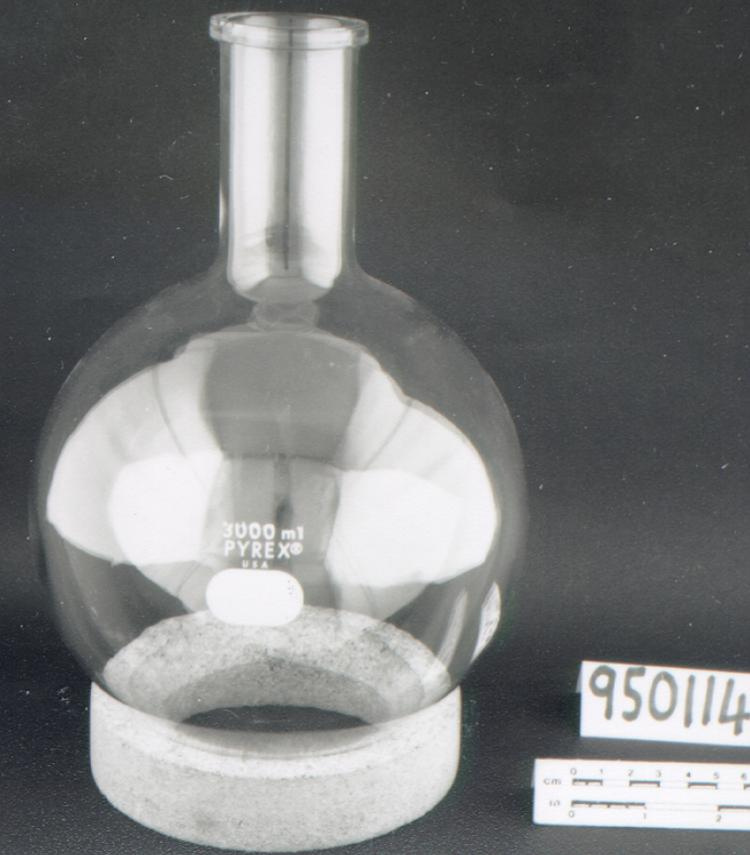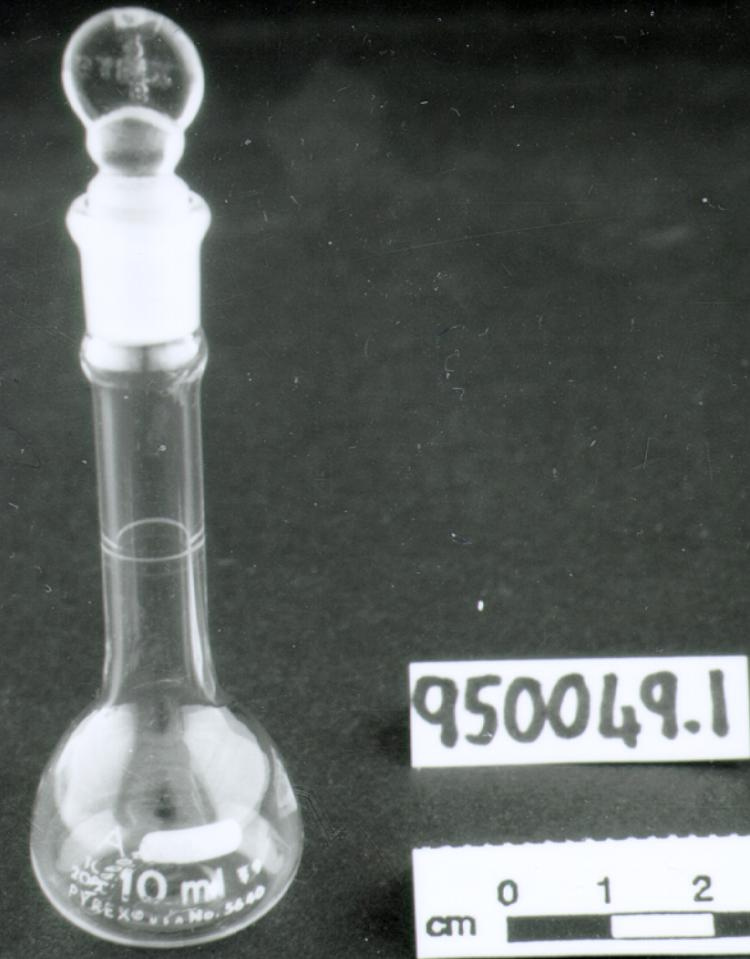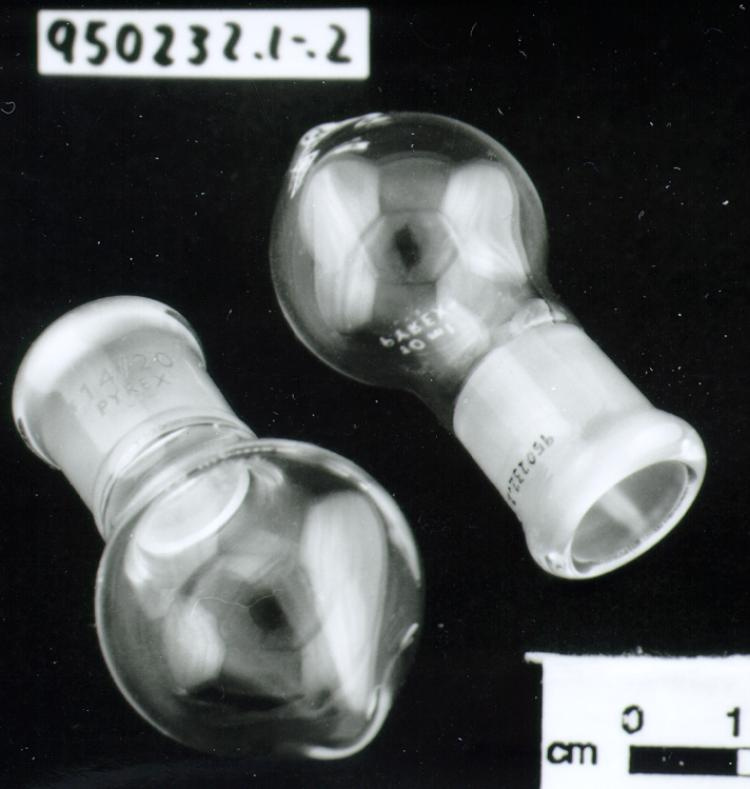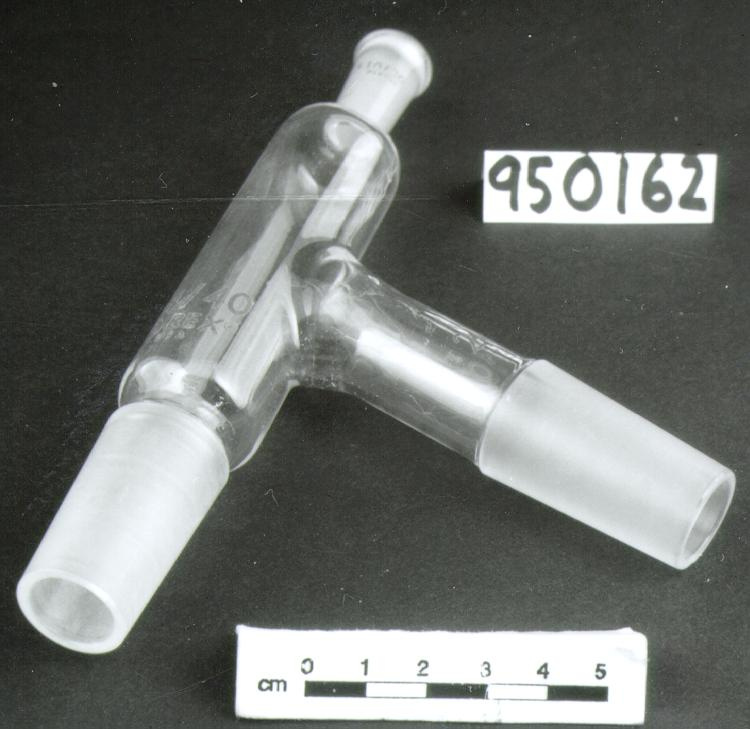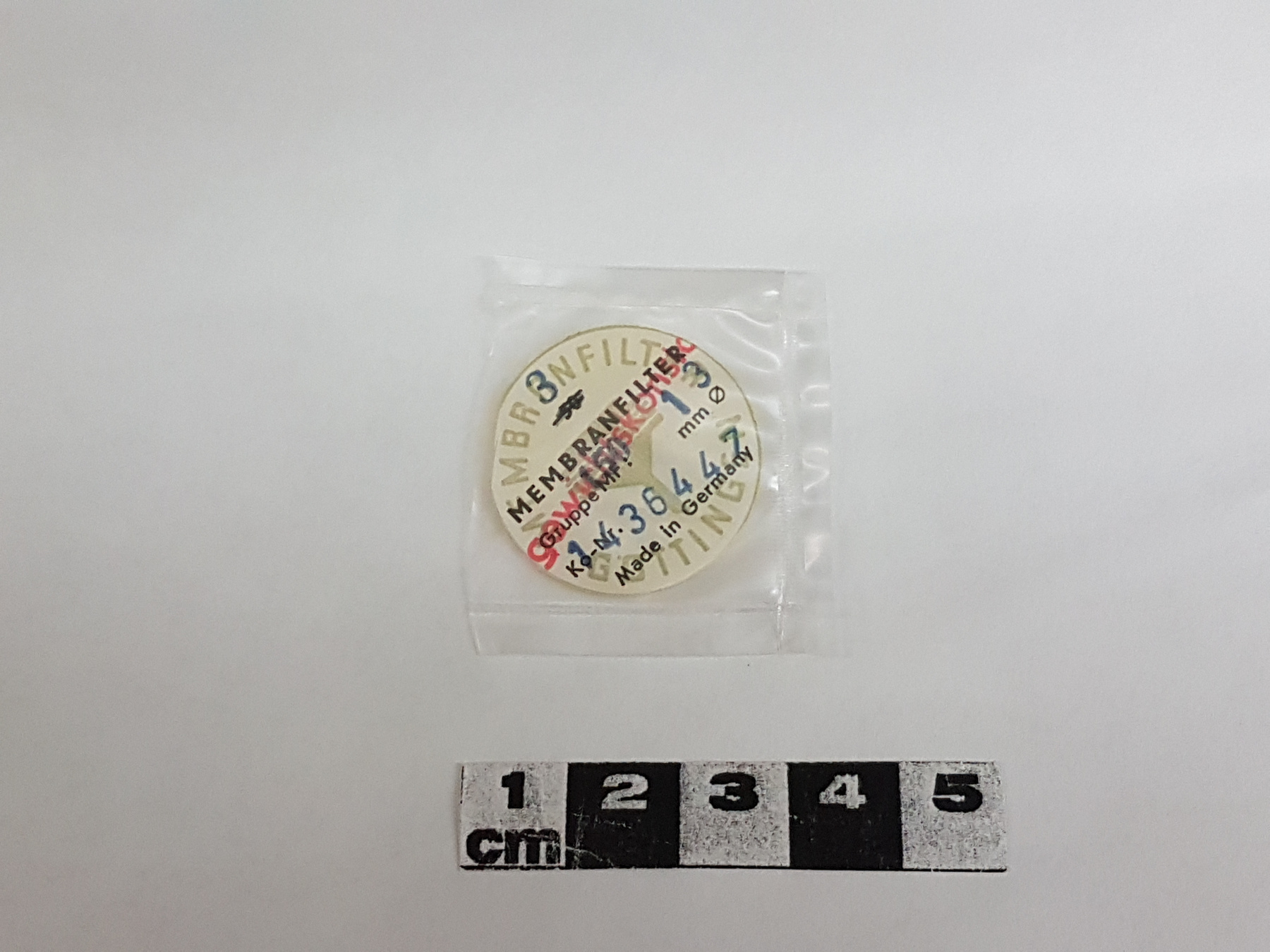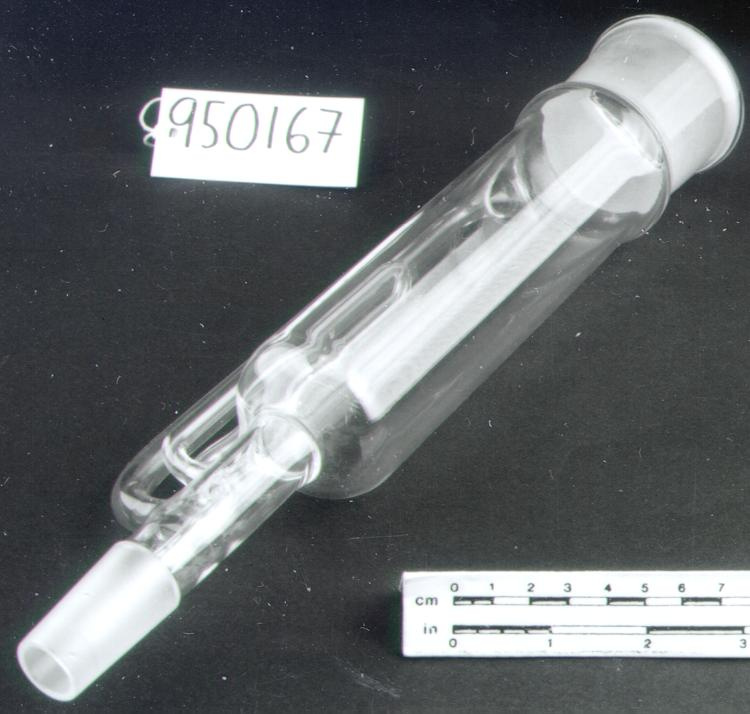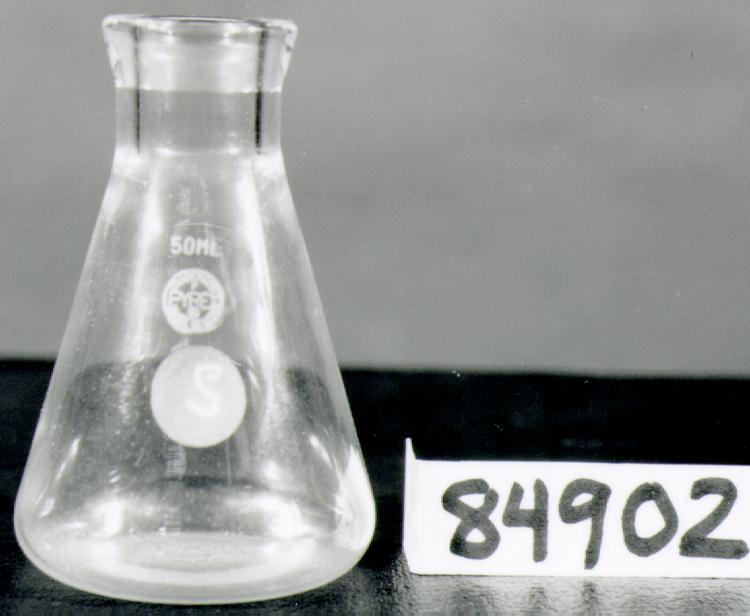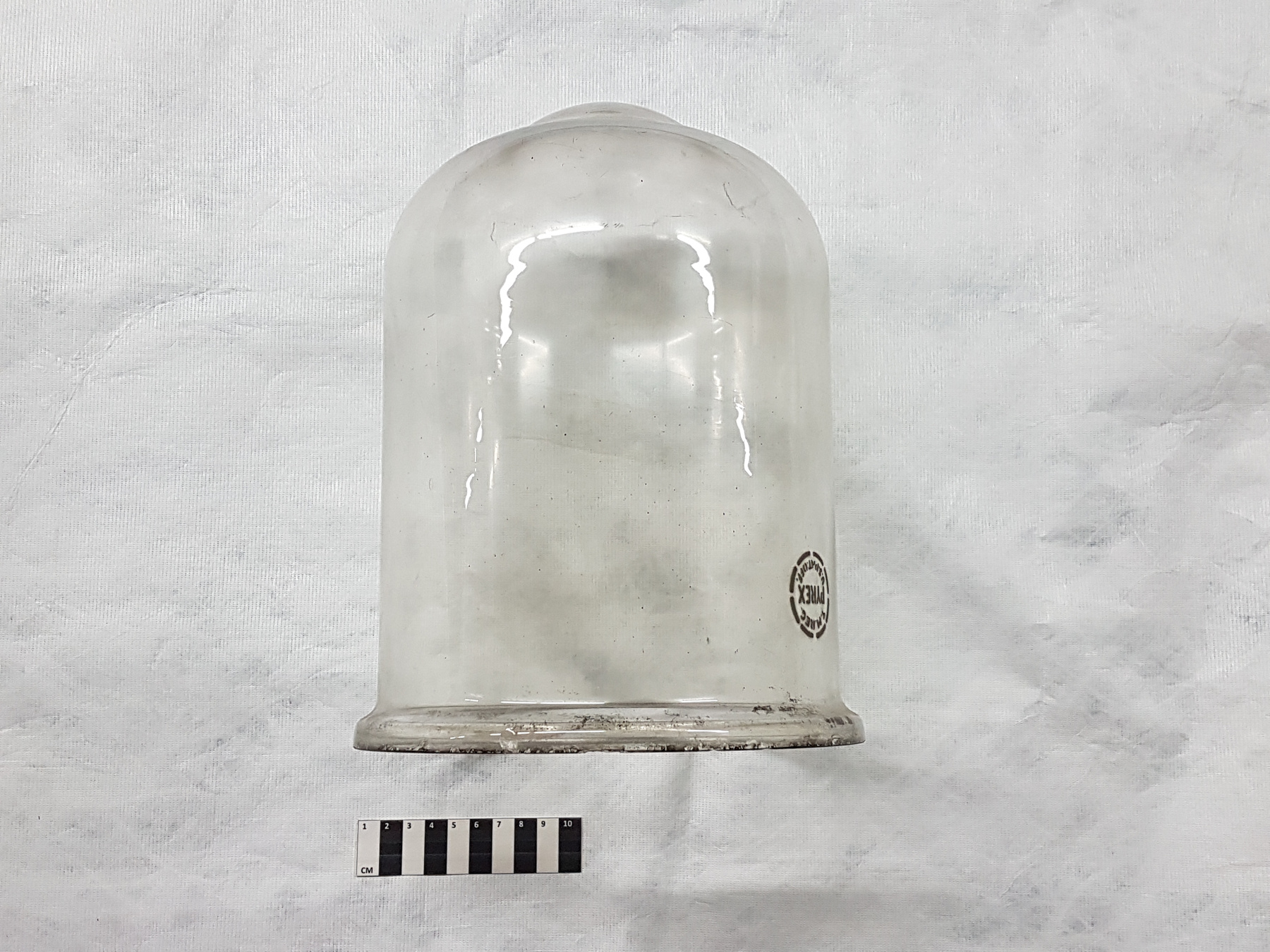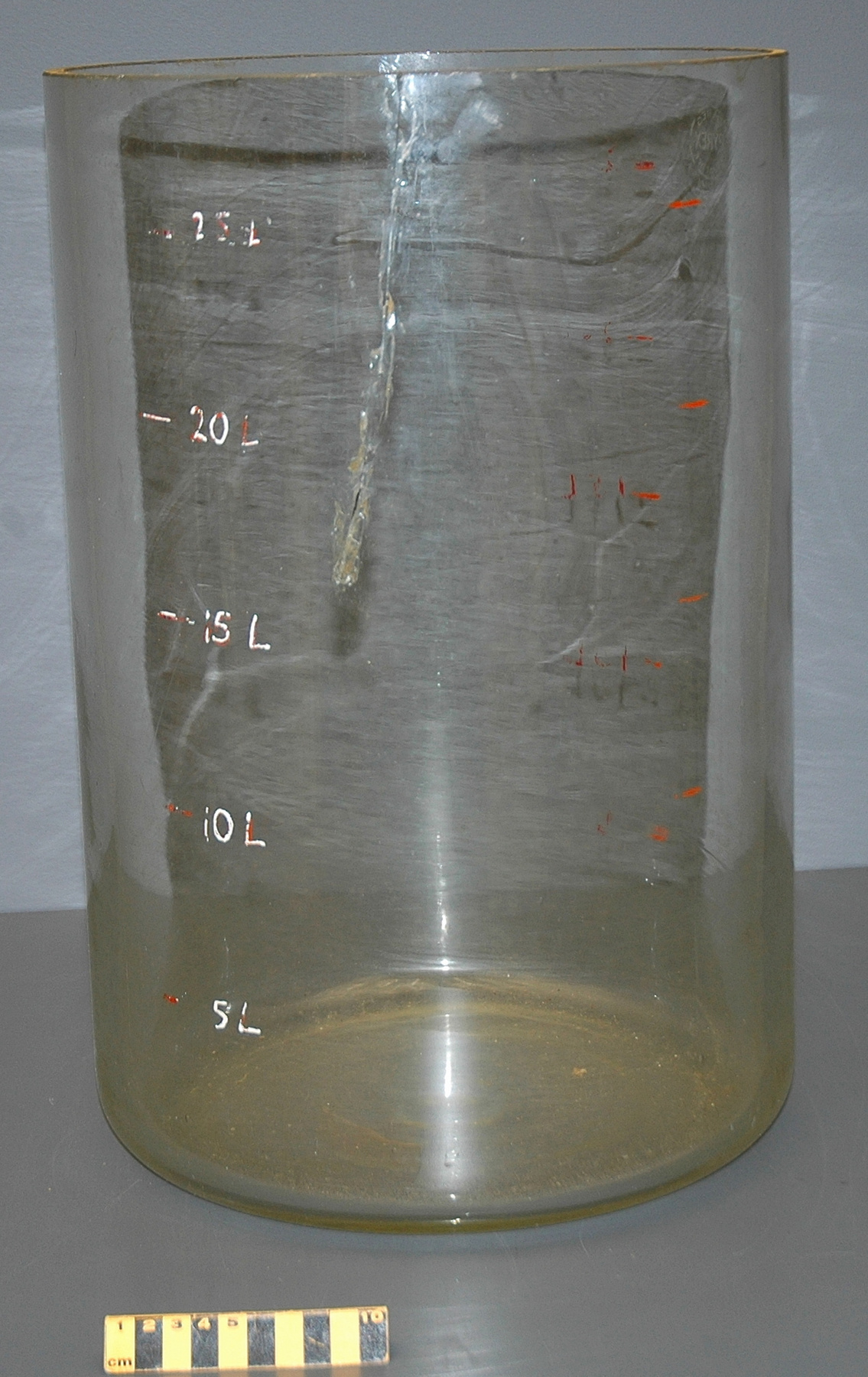Bocal
Utiliser cette image
Puis-je réutiliser cette image sans autorisation? Oui
Les images sur le portail de la collection d’Ingenium ont la licence Creative Commons suivante :
Copyright Ingenium / CC BY-NC-ND (Attribution-NonCommercial 4.0 International (CC BY-NC 4.0)
ATTRIBUER CETTE IMAGE
Ingenium,
2002.0619.003
Permalien:
Ingenium diffuse cette image sous le cadre de licence Creative Commons et encourage son téléchargement et sa réutilisation à des fins non commerciales. Veuillez mentionner Ingenium et citer le numéro de l’artefact.
TÉLÉCHARGER L’IMAGEACHETER CETTE IMAGE
Cette image peut être utilisée gratuitement pour des fins non commerciales.
Pour un usage commercial, veuillez consulter nos frais de reproduction et communiquer avec nous pour acheter l’image.
- TYPE D’OBJET
- bath
- DATE
- 1946
- NUMÉRO DE L’ARTEFACT
- 2002.0619.003
- FABRICANT
- Corning Pyrex
- MODÈLE
- Inconnu
- EMPLACEMENT
- United States of America
Plus d’information
Renseignements généraux
- Nº de série
- S/O
- Nº de partie
- 3
- Nombre total de parties
- 6
- Ou
- artificial kidney machine
- Brevets
- S/O
- Description générale
- glass
Dimensions
Remarque : Cette information reflète la taille générale pour l’entreposage et ne représente pas nécessairement les véritables dimensions de l’objet.
- Longueur
- S/O
- Largeur
- S/O
- Hauteur
- 45,7 cm
- Épaisseur
- S/O
- Poids
- S/O
- Diamètre
- 30,0 cm
- Volume
- S/O
Lexique
- Groupe
- Technologie médicale
- Catégorie
- Recherche
- Sous-catégorie
- S/O
Fabricant
- Ou
- Corning
- Pays
- United States of America
- État/province
- Inconnu
- Ville
- Inconnu
Contexte
- Pays
- Canada
- État/province
- Ontario
- Période
- Used 1946- 1947.
- Canada
-
First artificial kidney machine made in North America by Dr. Gordon Murray, simultaneously and independently of Willem Kolff's invention in Holland in the 1940s. Designed and built by Murray himself, it was used successfully on four patients at Toronto General Hospital, 1946-47. Murray was a remarkable surgeon and innovator whose work earned him international recognition. In the 1930s Dr. Murray introduced the anticoagulant Heparin to world clinical practice; in the '40s he developed the first artificial kidney in North America; and in 1955 he performed the first successful transplant of a human heart valve. Unfortunately, these achievements are often overshadowed by his later, controversial work on an anti-cancer serum, and on unconventional surgery for injuries caused by traumatic paraplegia. (Ref. 3] - Fonction
-
To contain and protect contents: specifically, dialysing membrane and dialysate. - Technique
-
Large clear glass bath jar capable of holding +25L of dialysate solution [salt-buffered tap water solution], through which blood was circulated. Jar also housed .1 dialysing membrane; cover (.2) incorporated thermometer, heating coil and stirrer for dialysate. Same/similar jar appears to have been used in earliest versions of Murray & Roschlau's artificial kidney machine. [see 2002.0620] - Notes sur la région
-
Inconnu
Détails
- Marques
- "T.M. REG./ PYREX/ U.S. PAT. OFF./ MADE IN U.S.A." stamped on jar front. "5 L", "10 L", "15 L", "20 L" and "25 L" and level lines handpainted in red and white on two side of jar. UHN catalogue no. "994.1.17" painted by hand in black ink on lower edge of jar.
- Manque
- None.
- Fini
- Clear glass.
- Décoration
- S/O
FAIRE RÉFÉRENCE À CET OBJET
Si vous souhaitez publier de l’information sur cet objet de collection, veuillez indiquer ce qui suit :
Corning Pyrex, Bocal, 1946, Numéro de l'artefact 2002.0619, Ingenium - Musées des sciences et de l'innovation du Canada, http://collections.ingeniumcanada.org/fr/item/2002.0619.003/
RÉTROACTION
Envoyer une question ou un commentaire sur cet artefact.
Plus comme ceci
